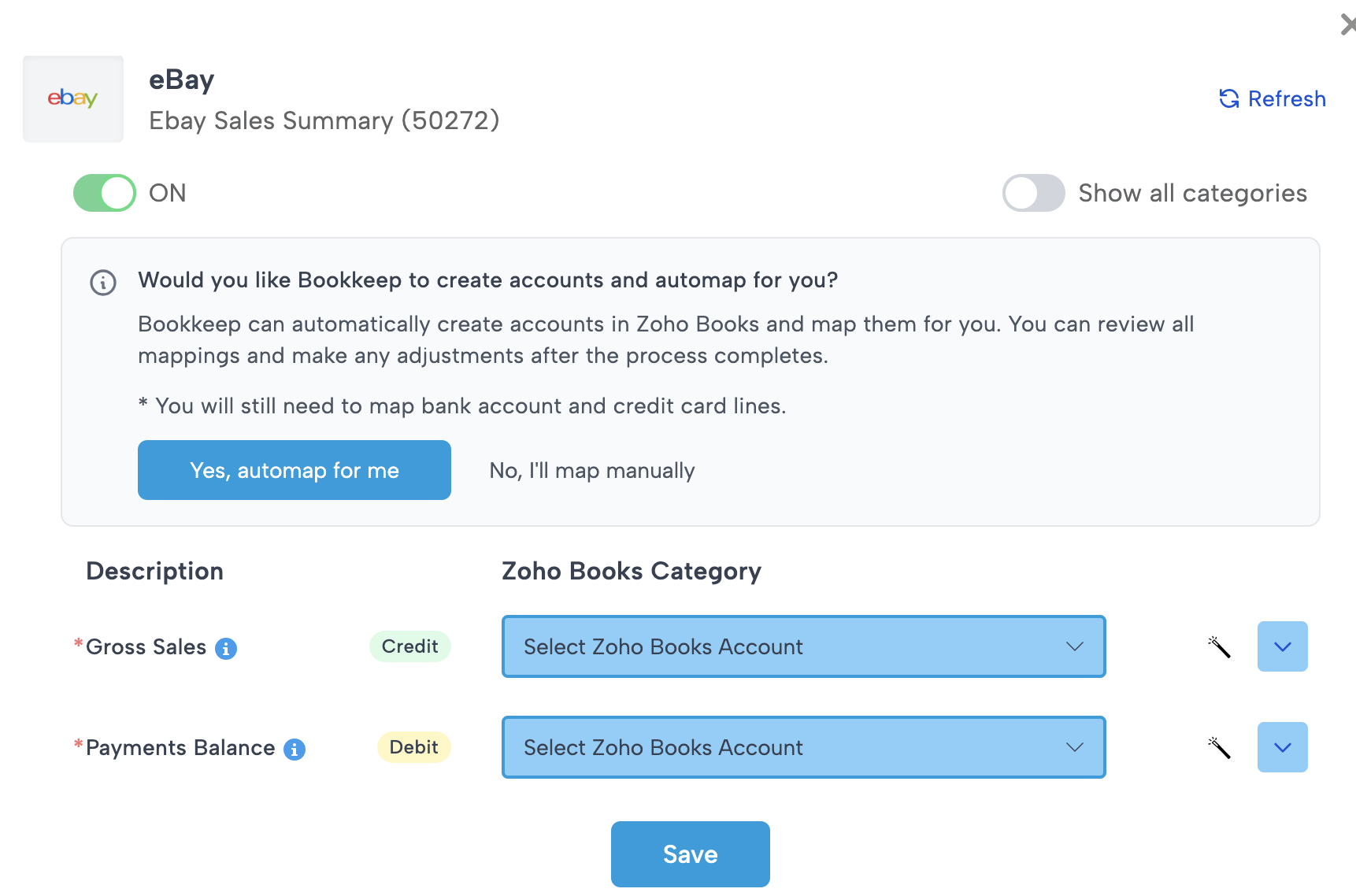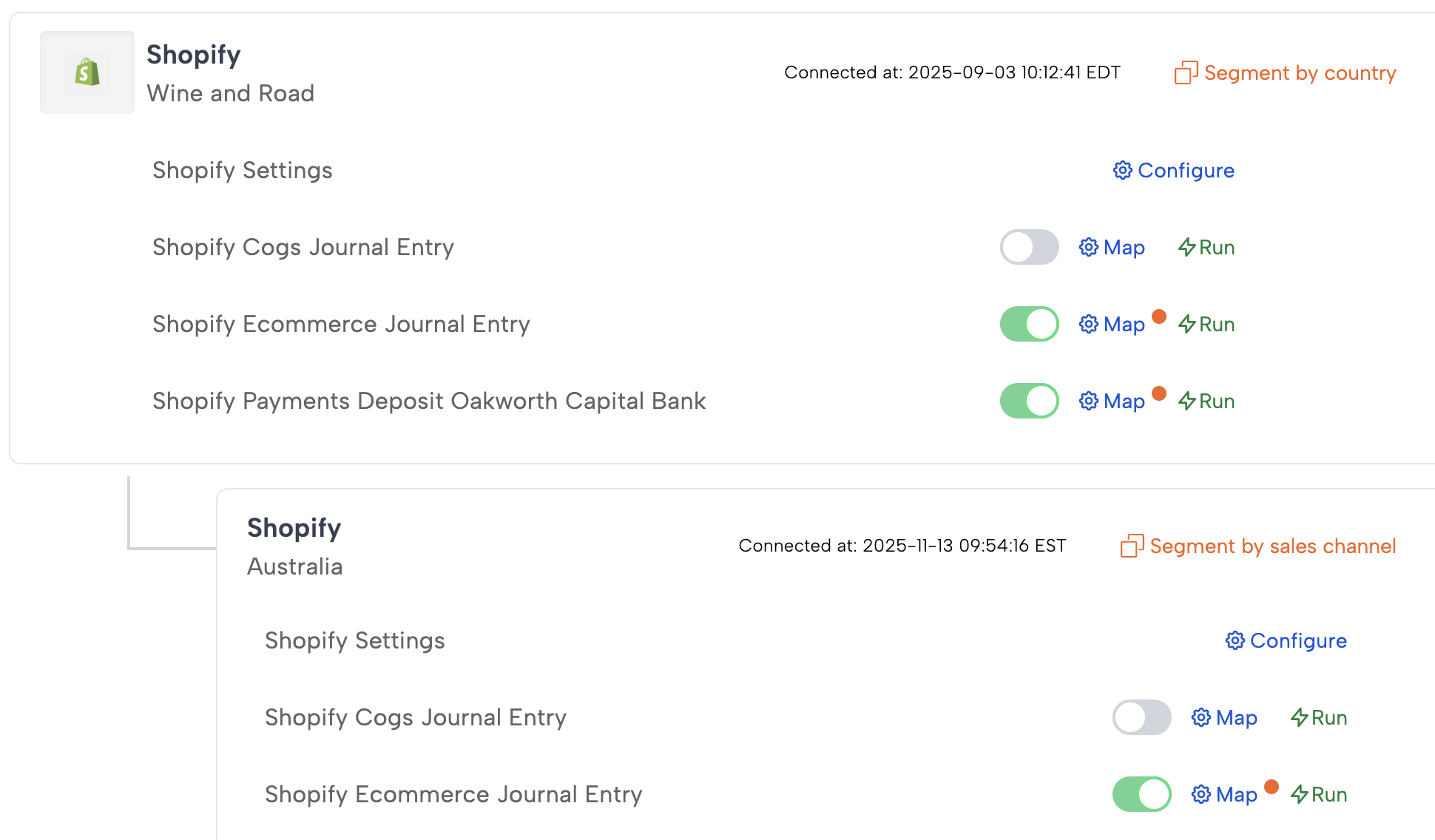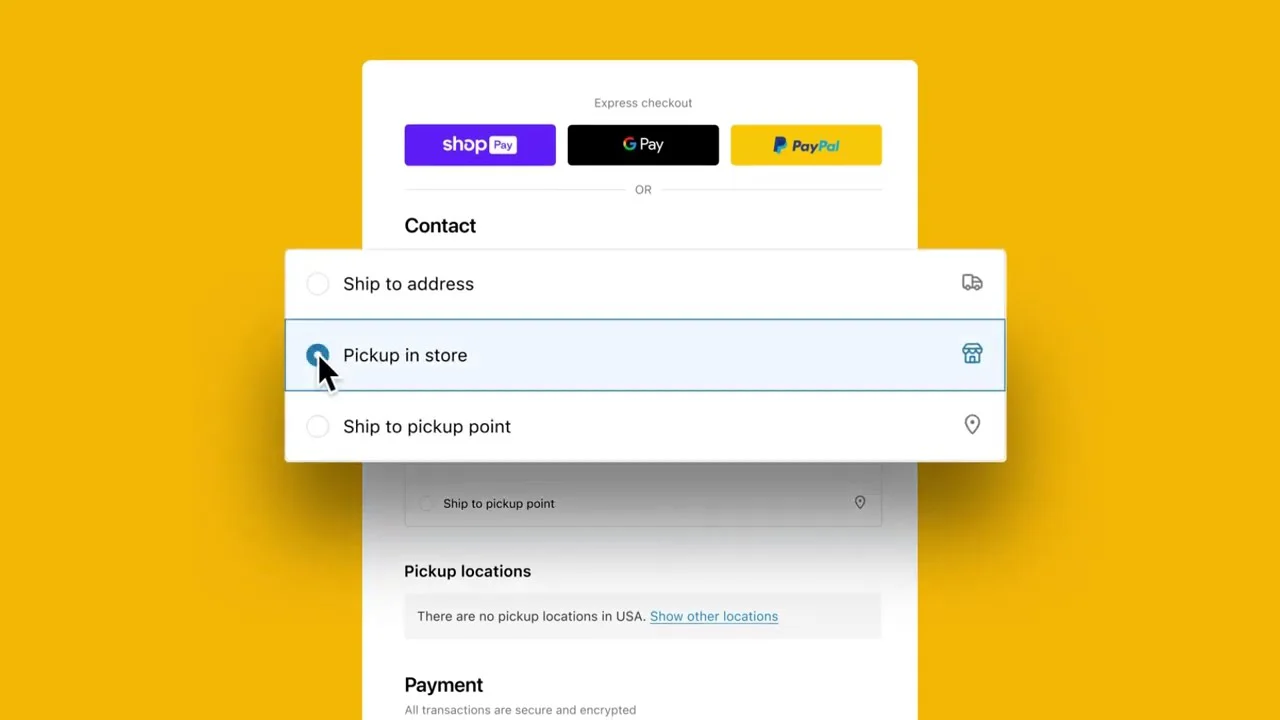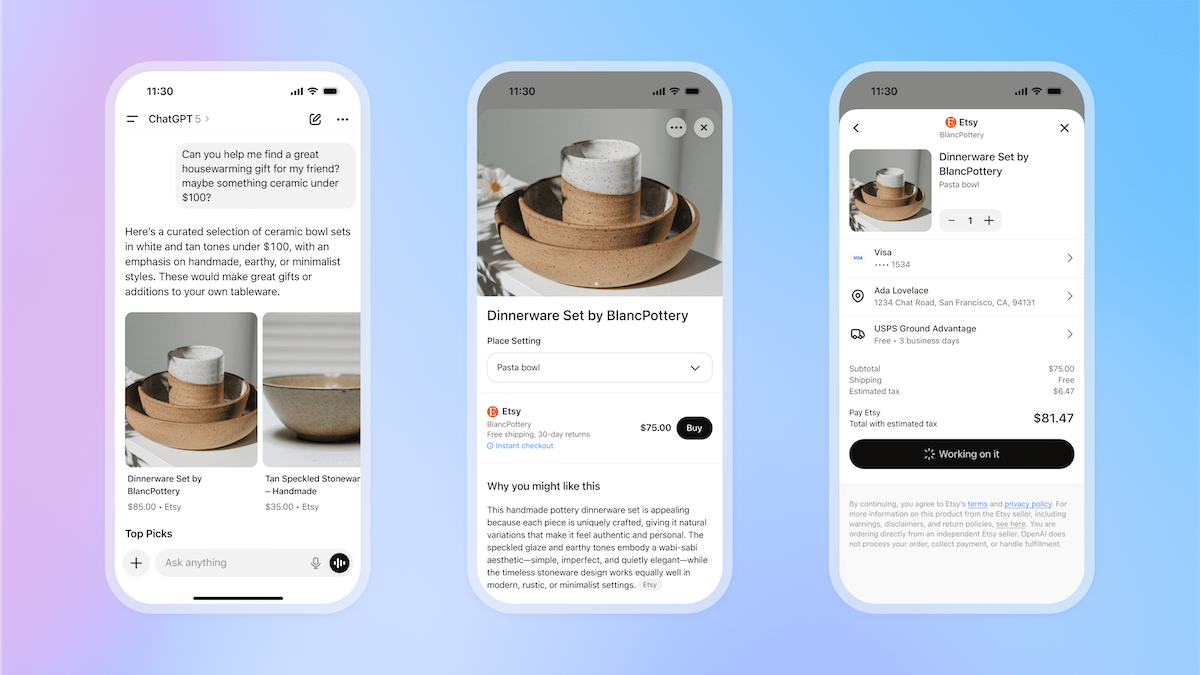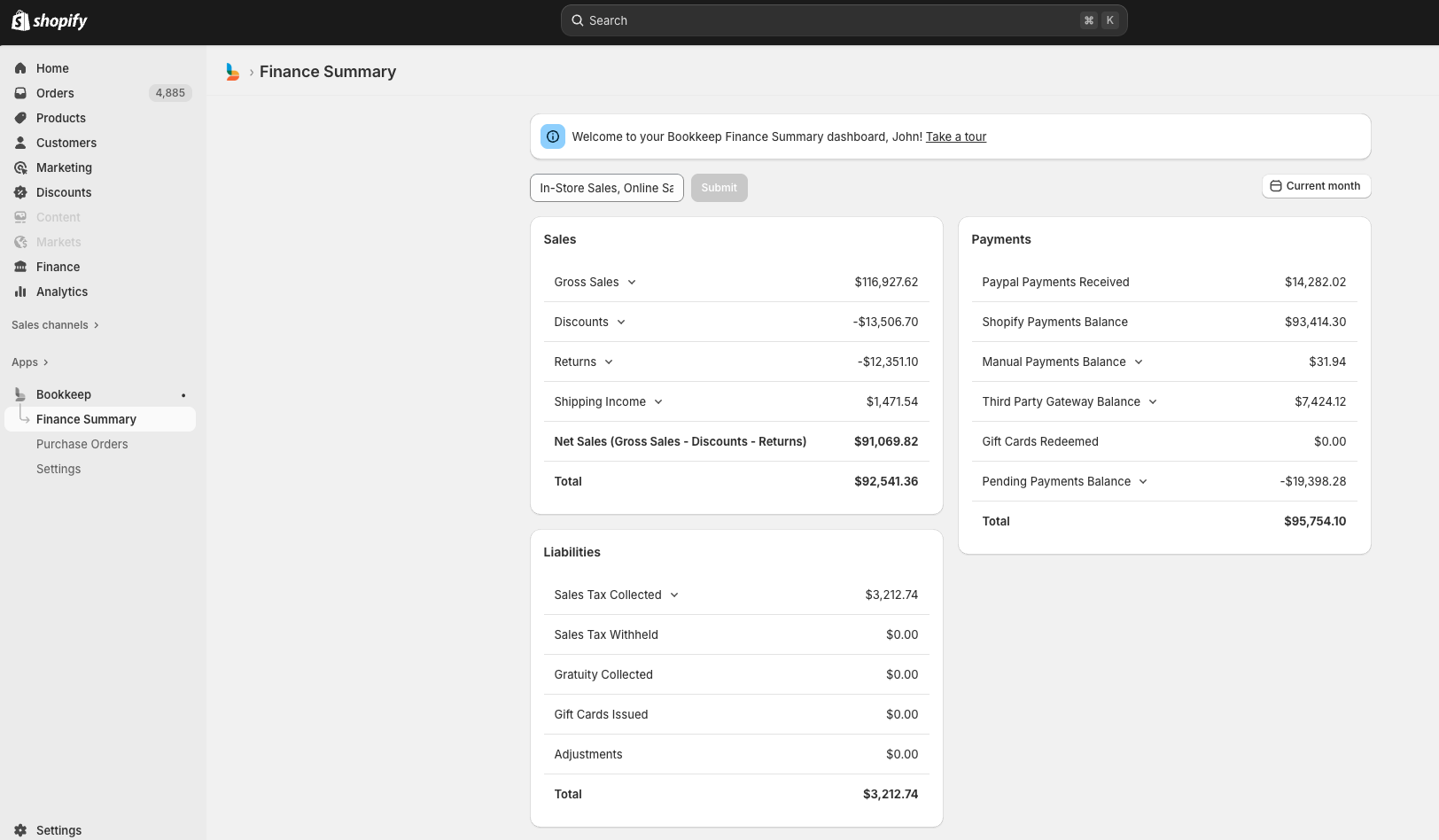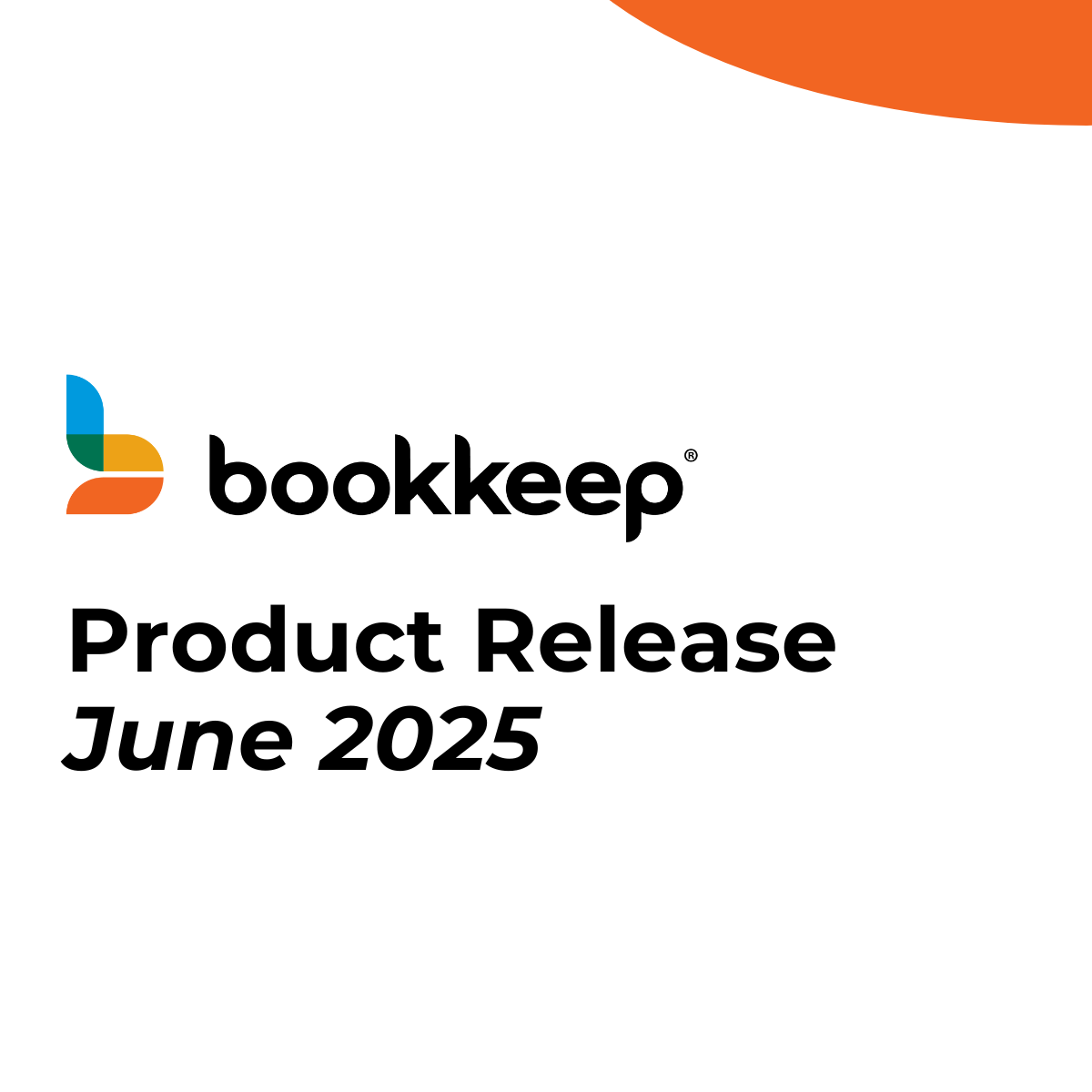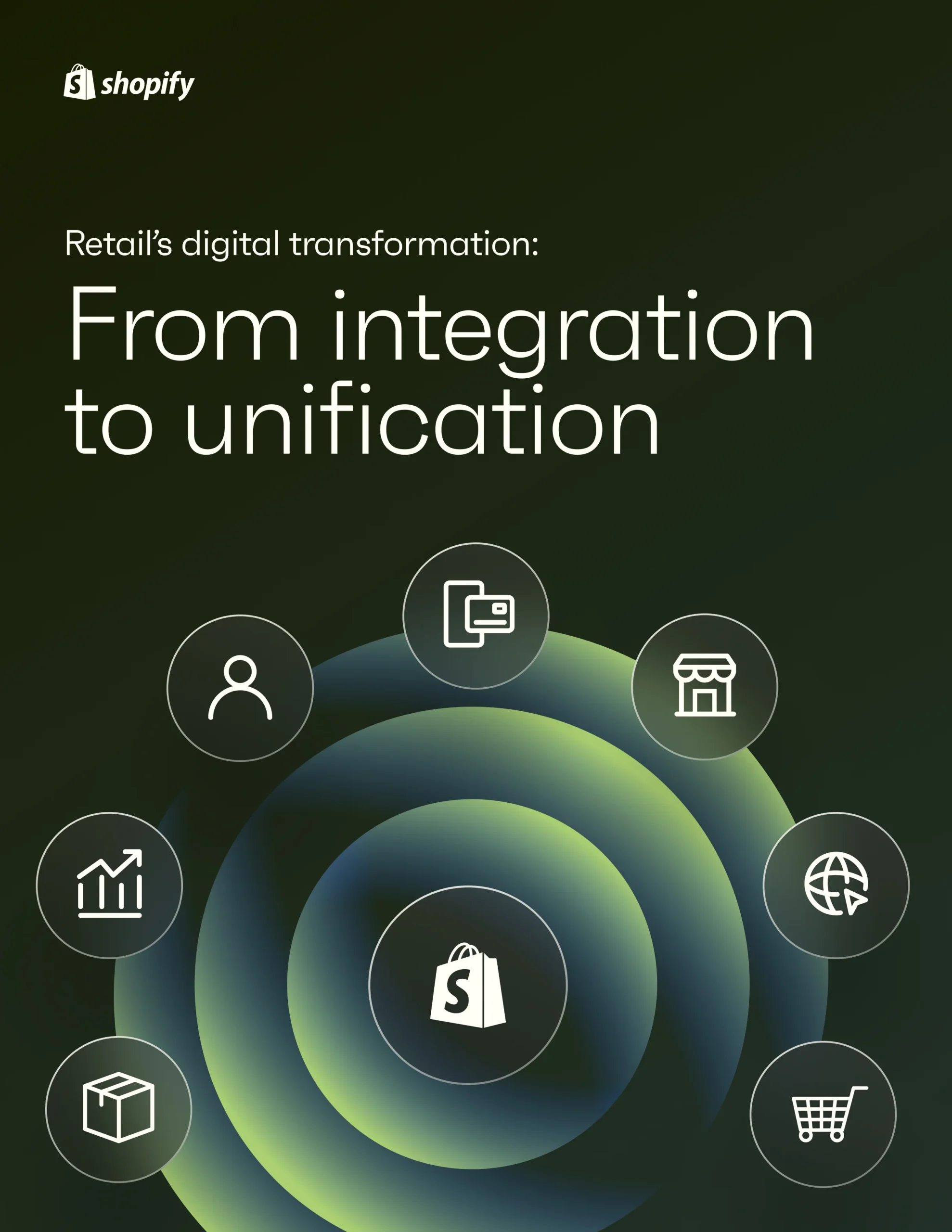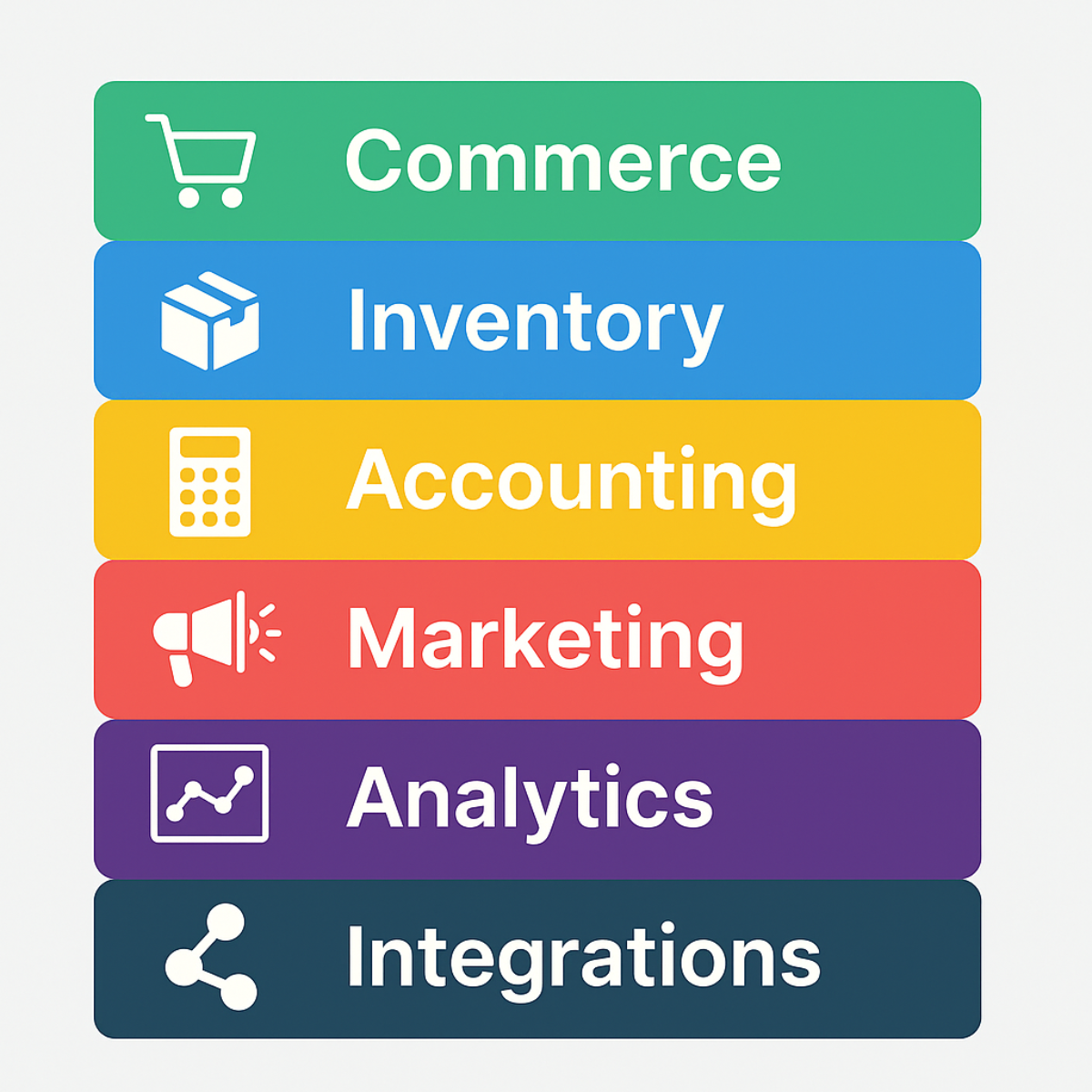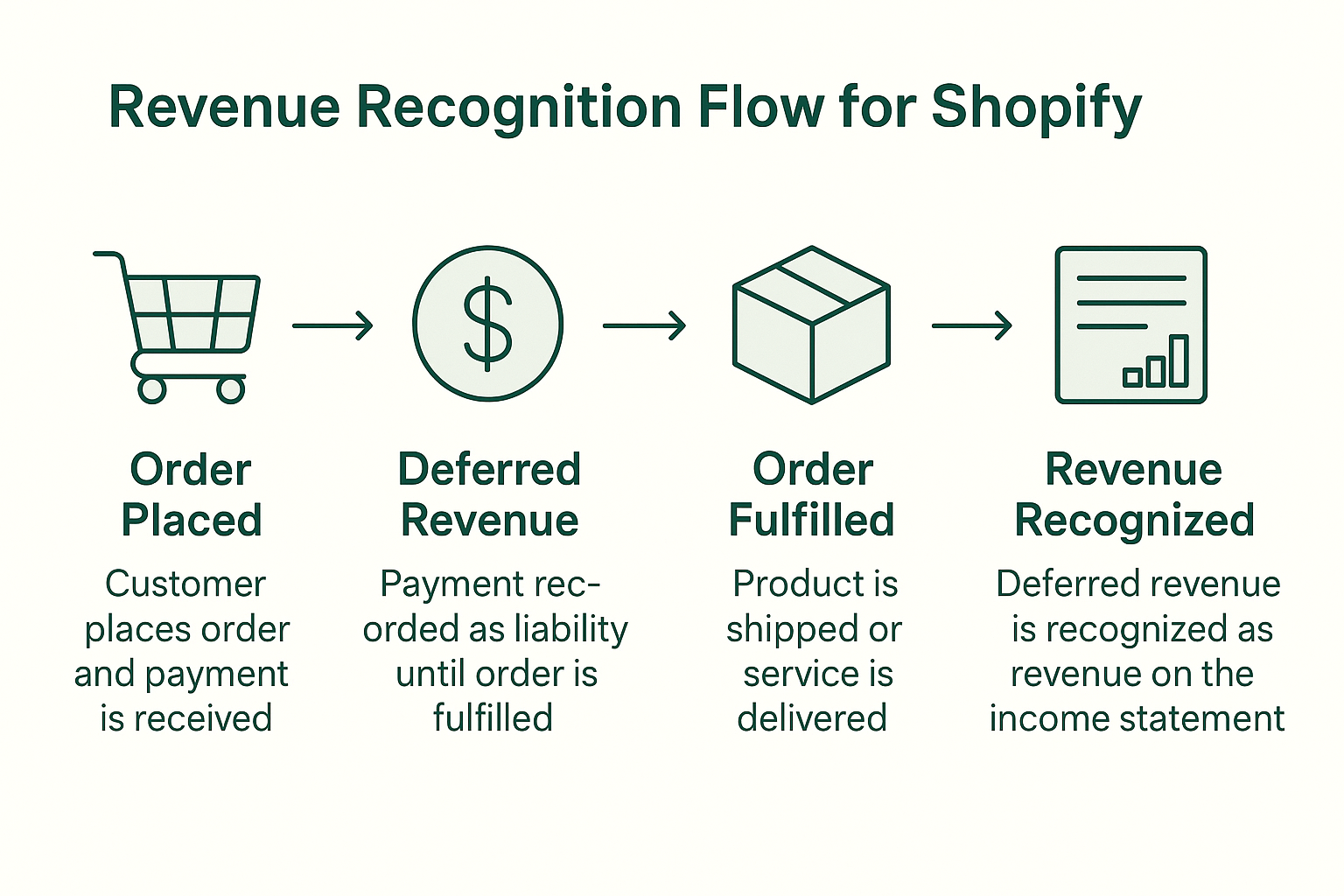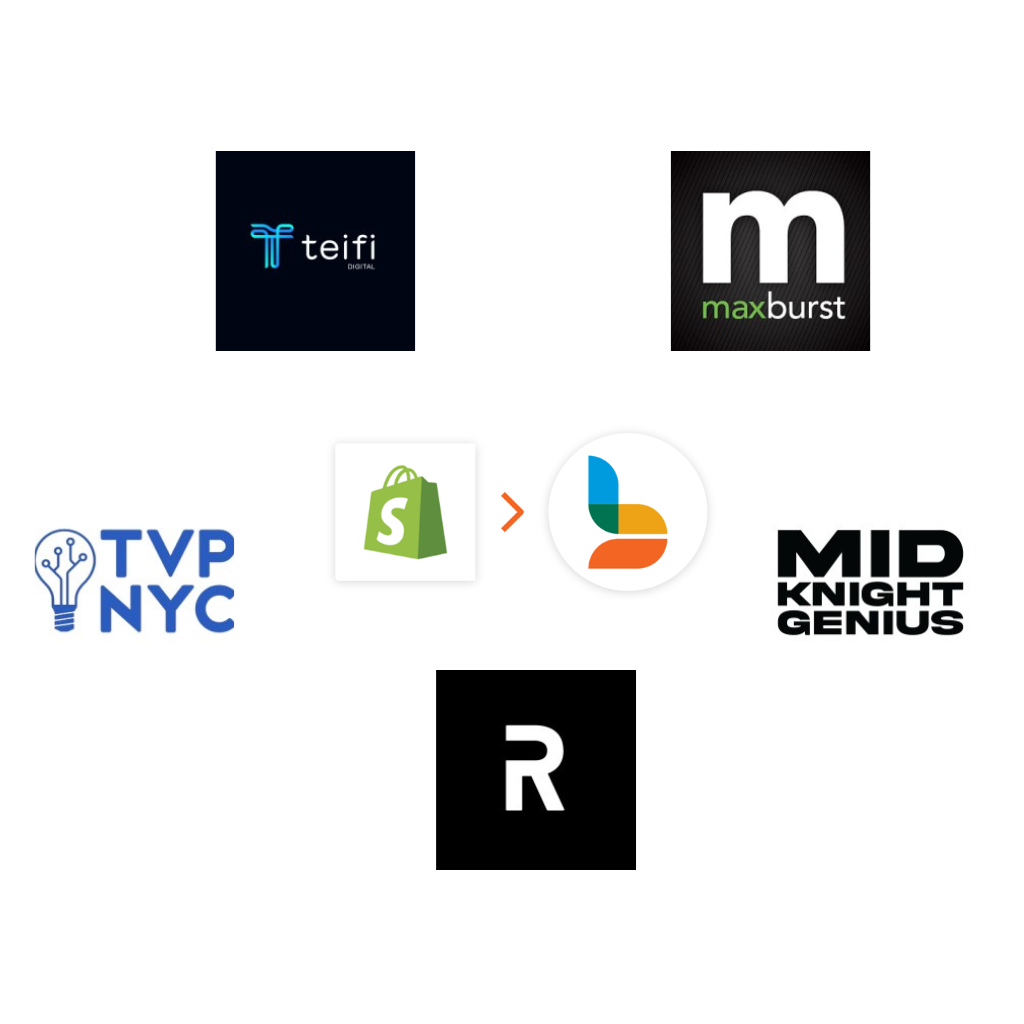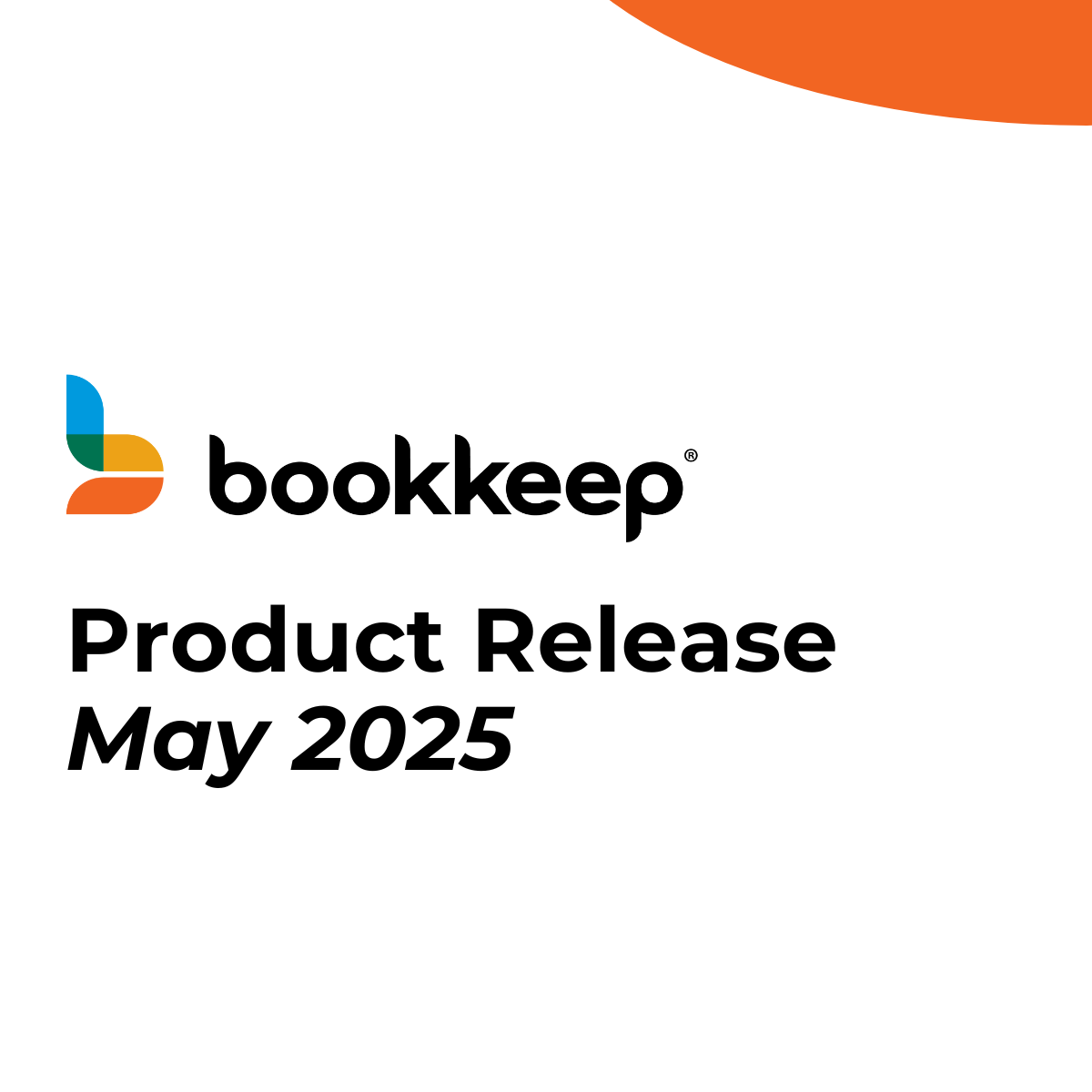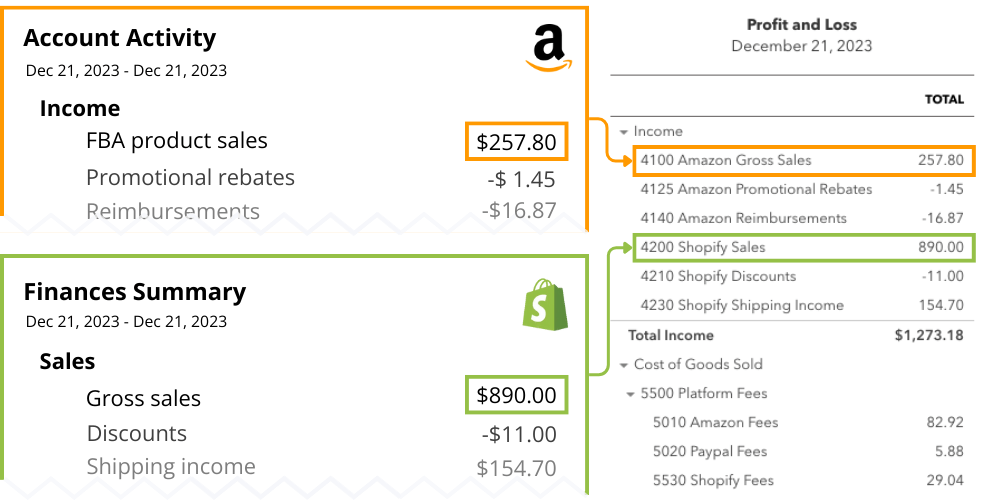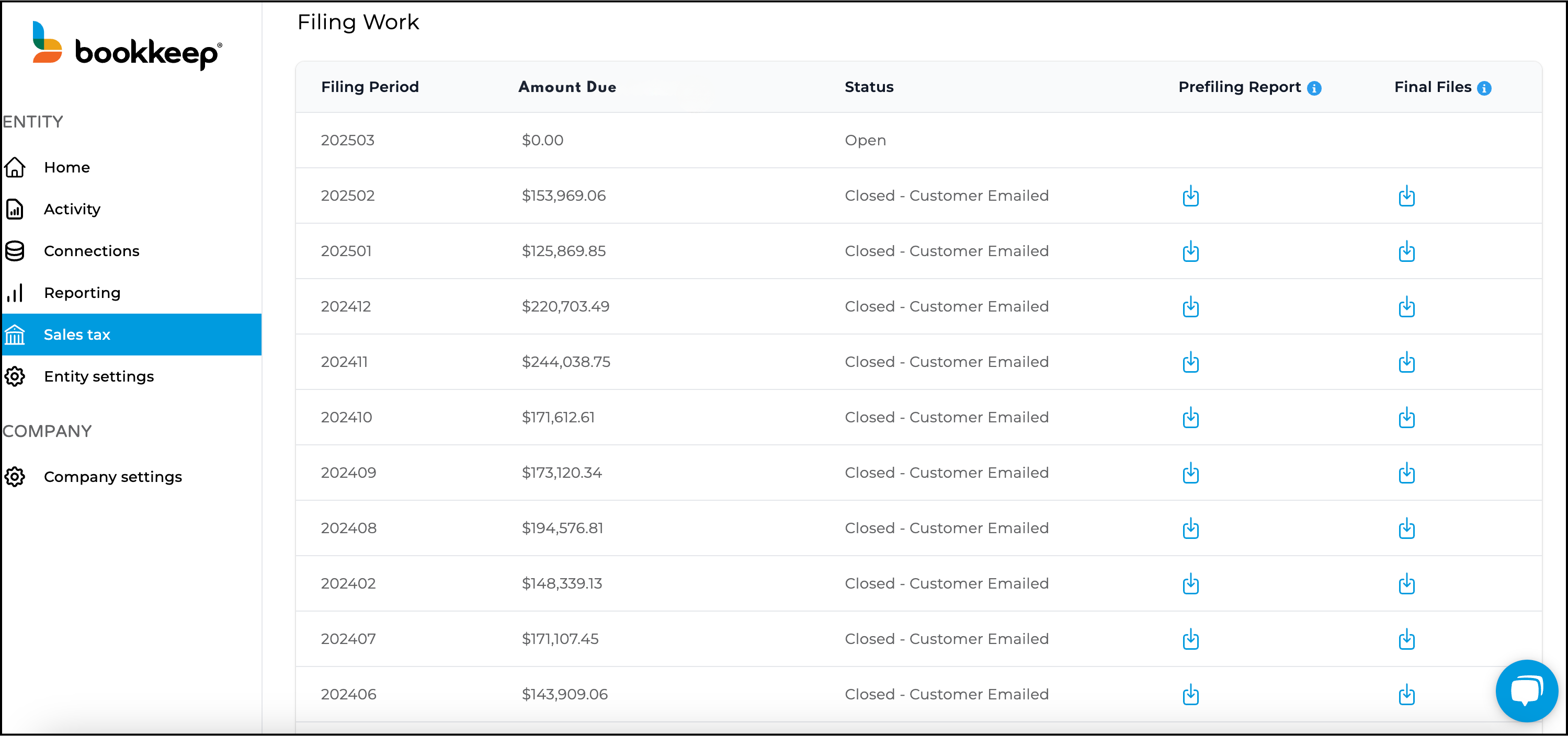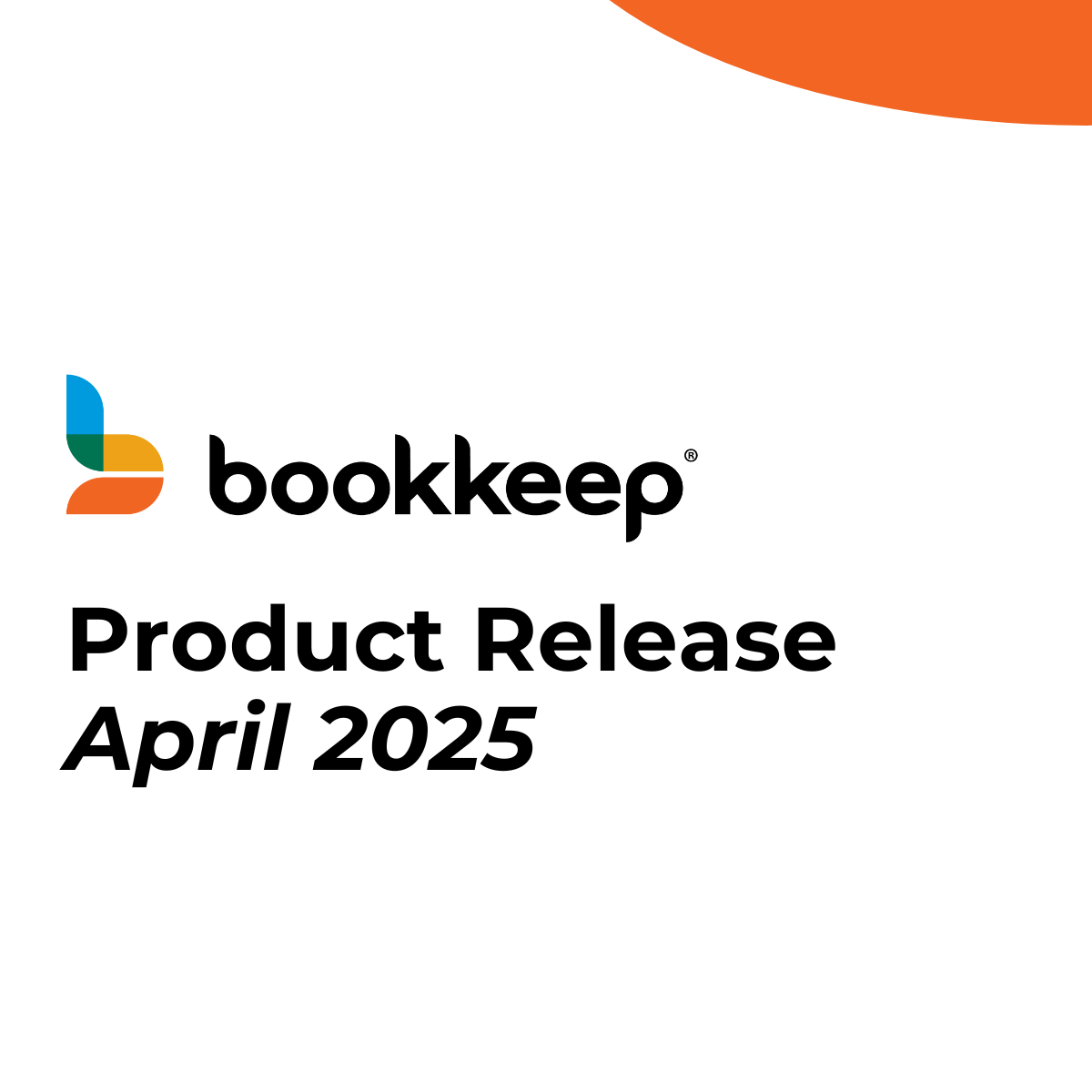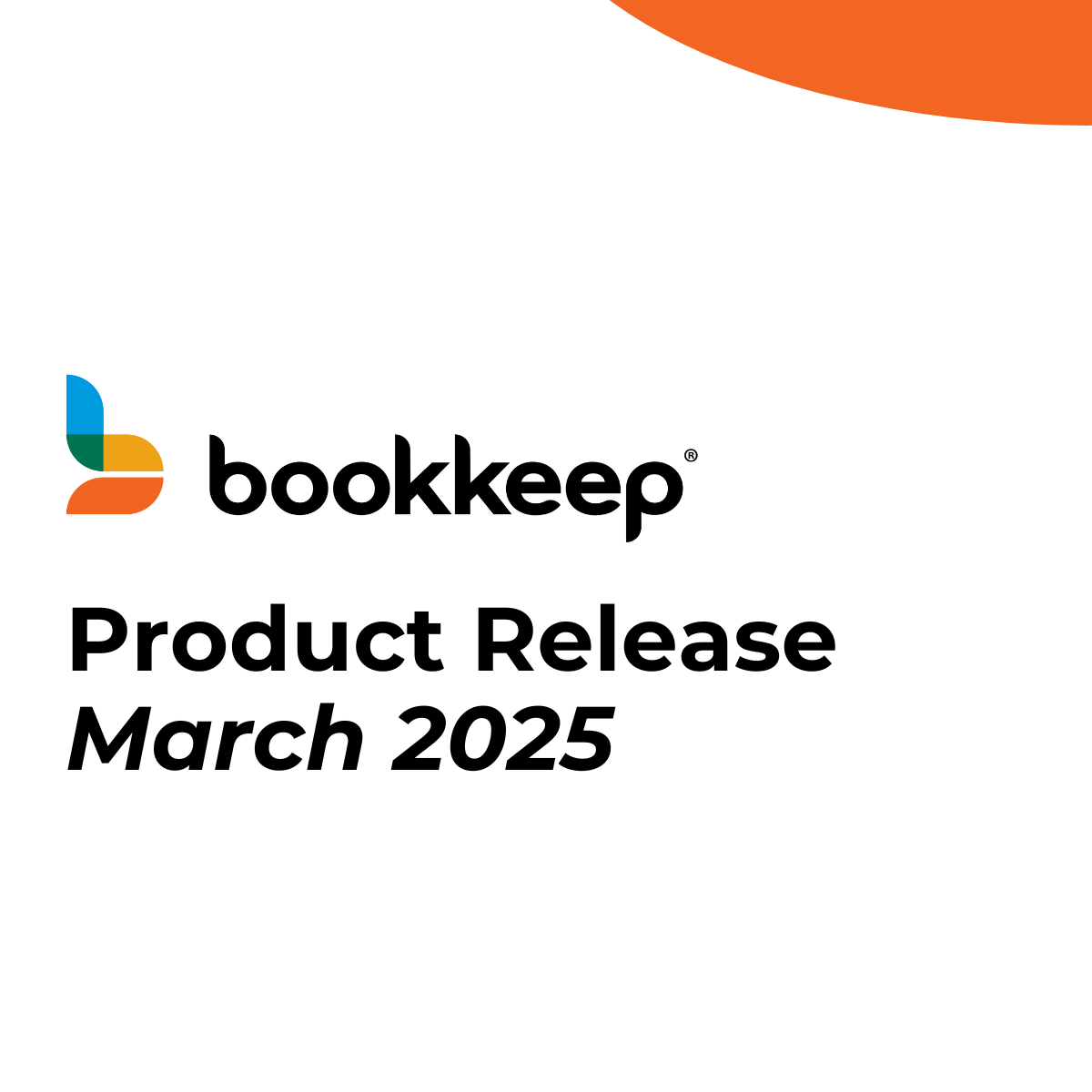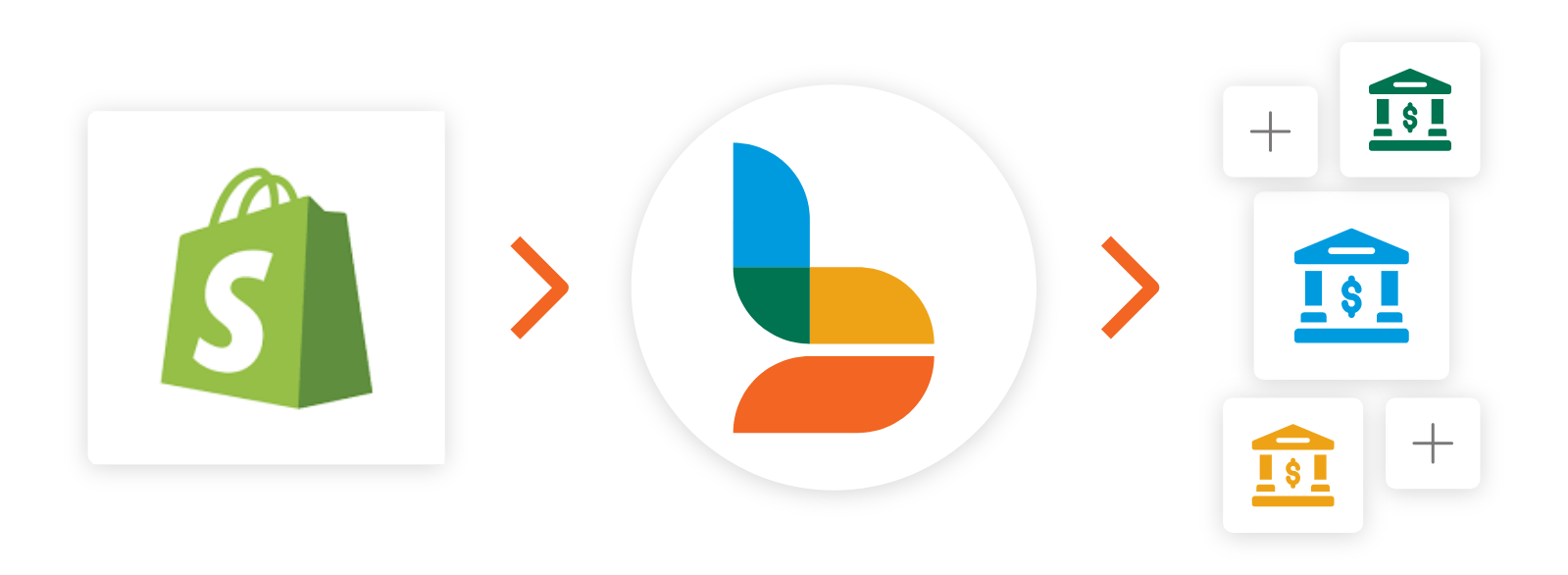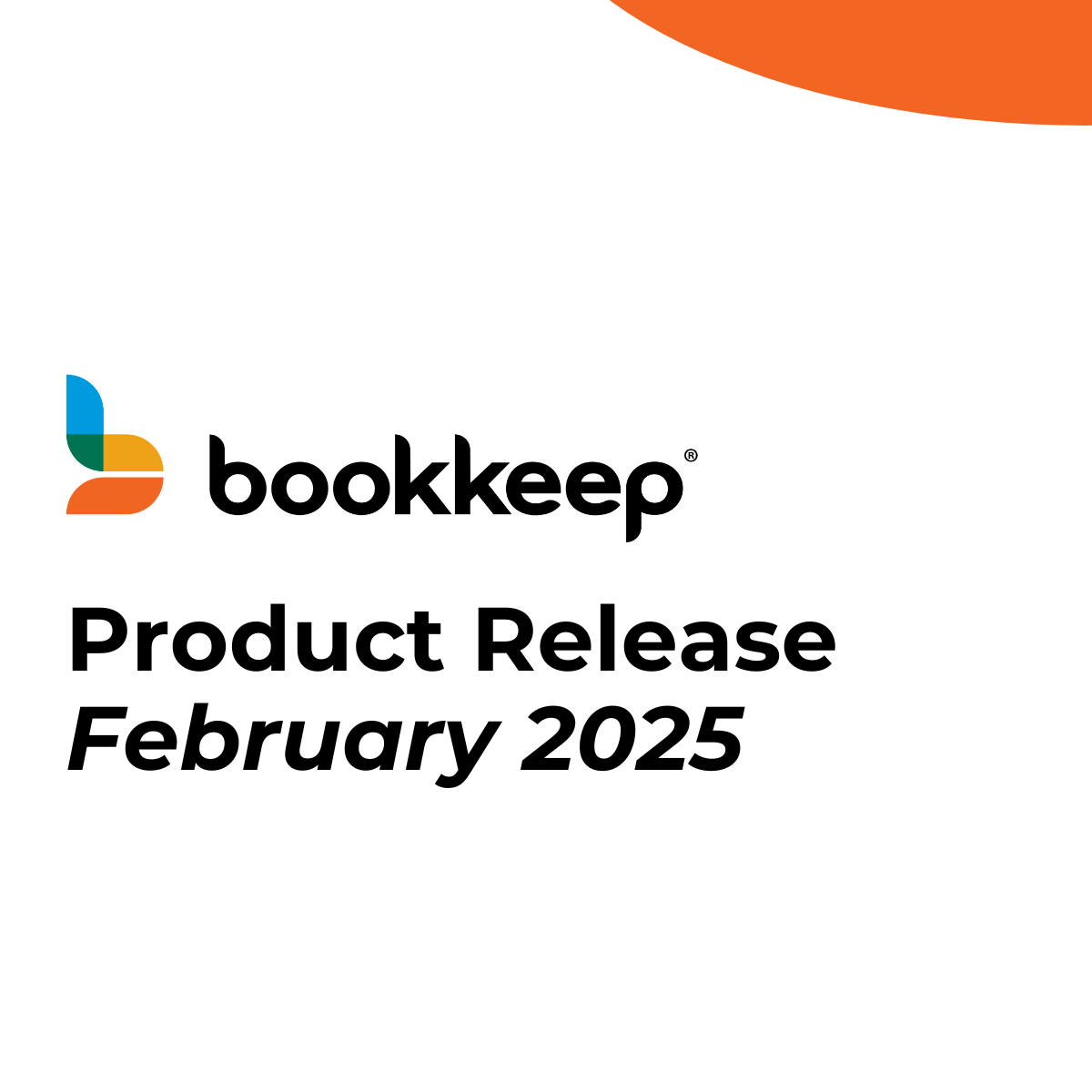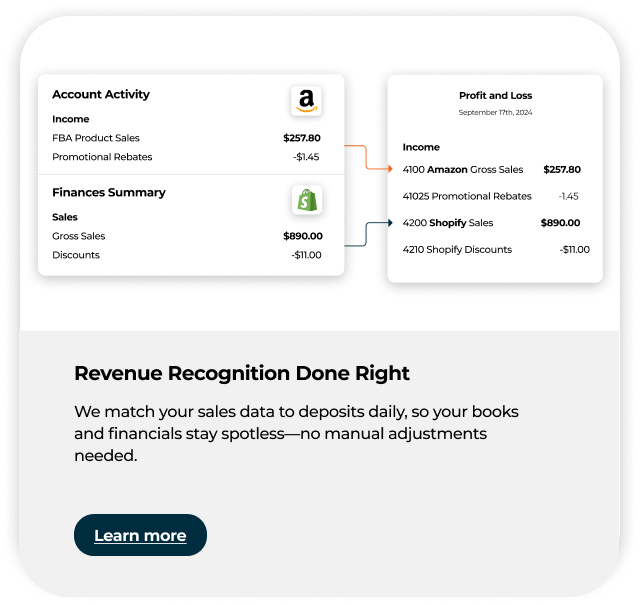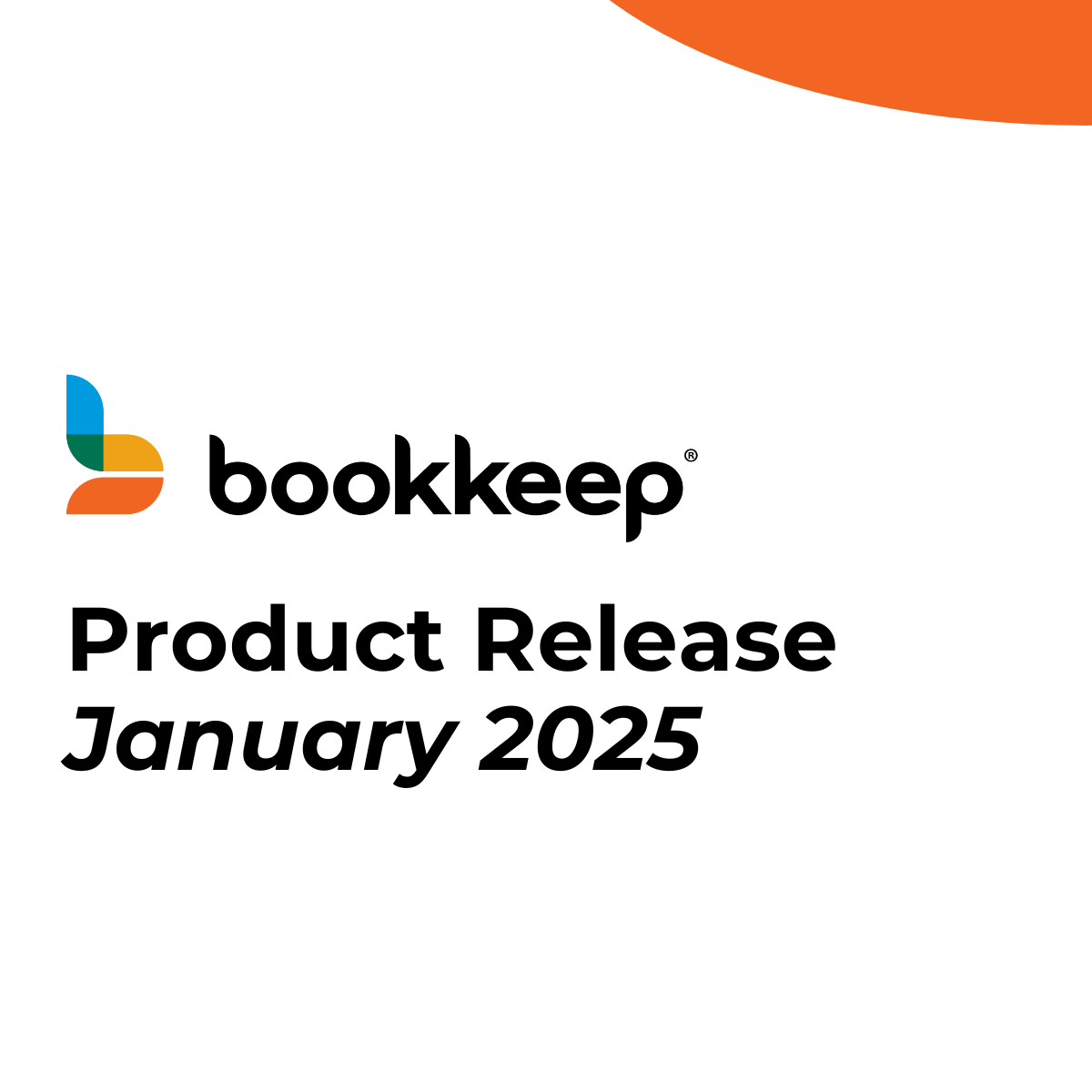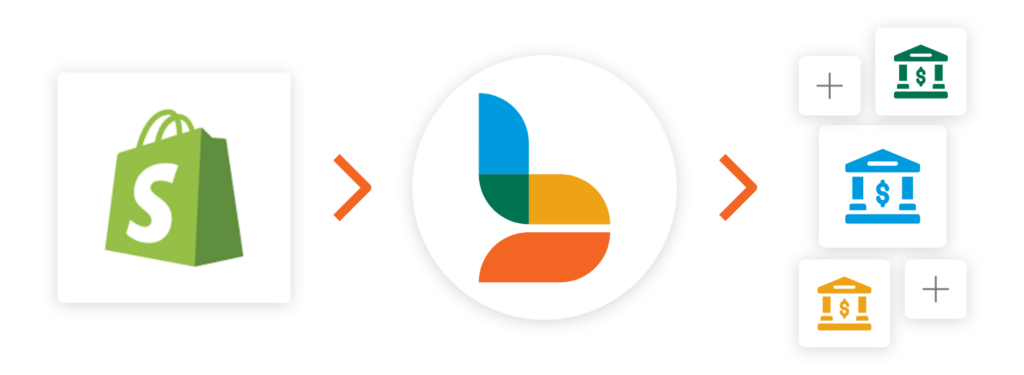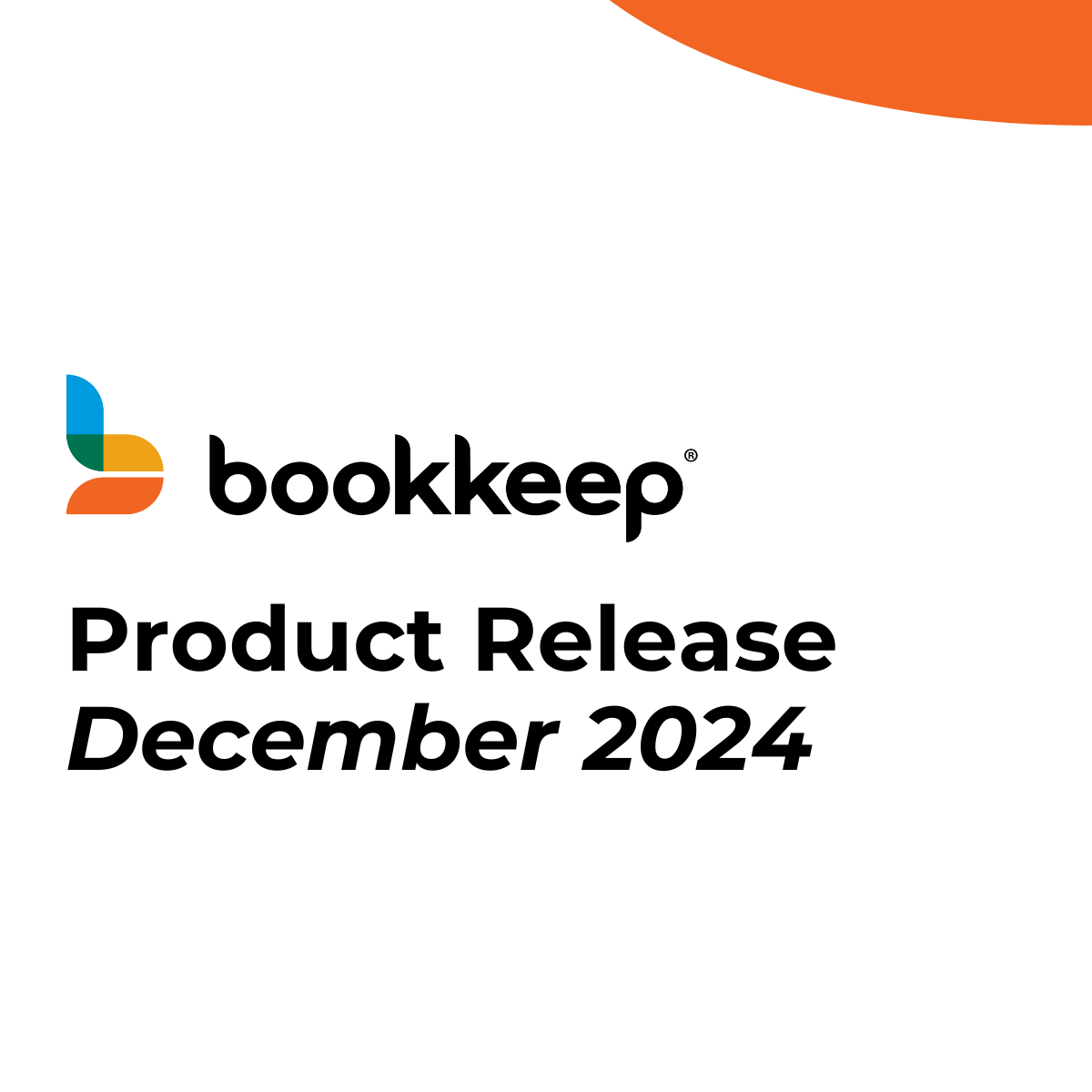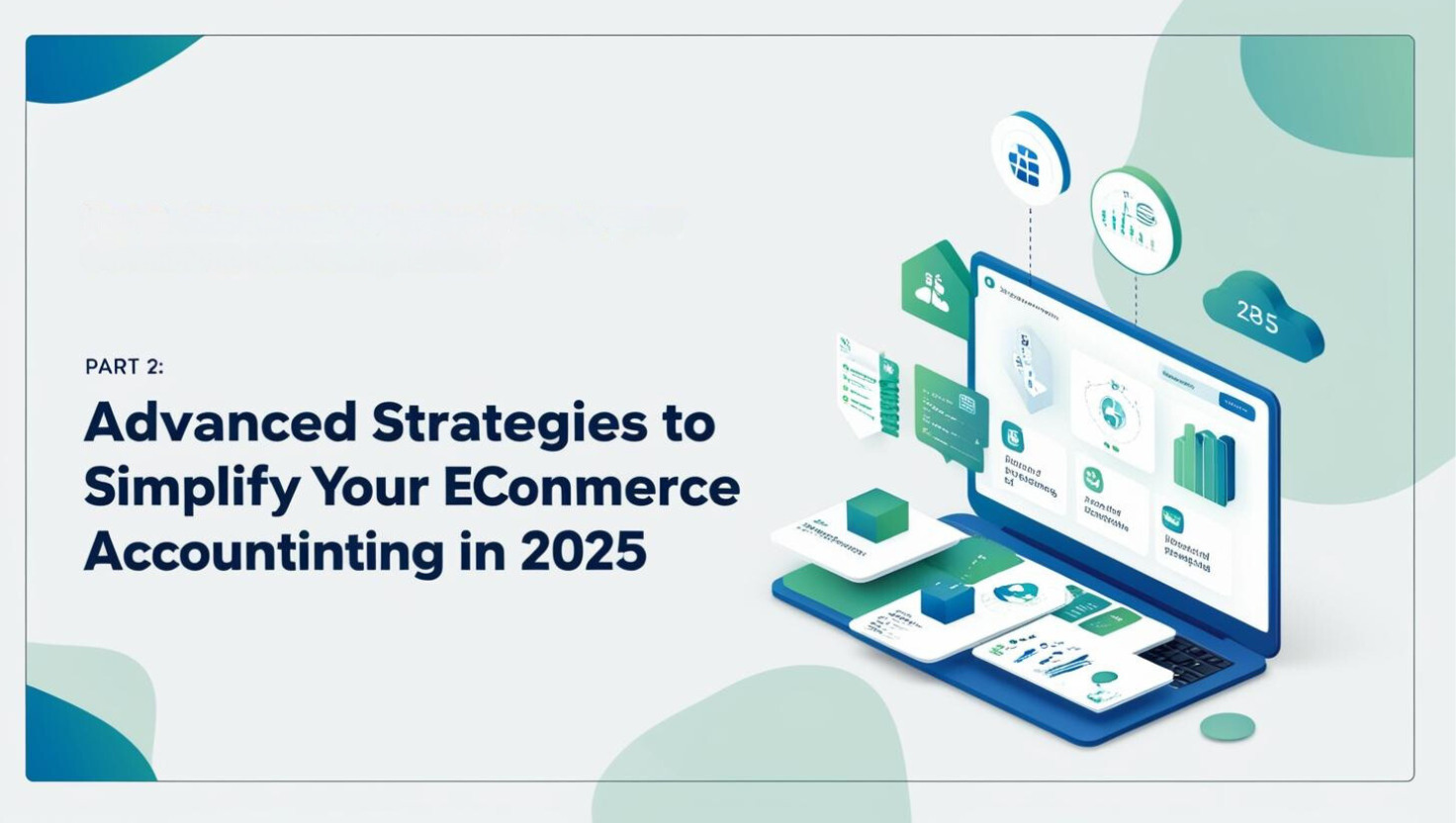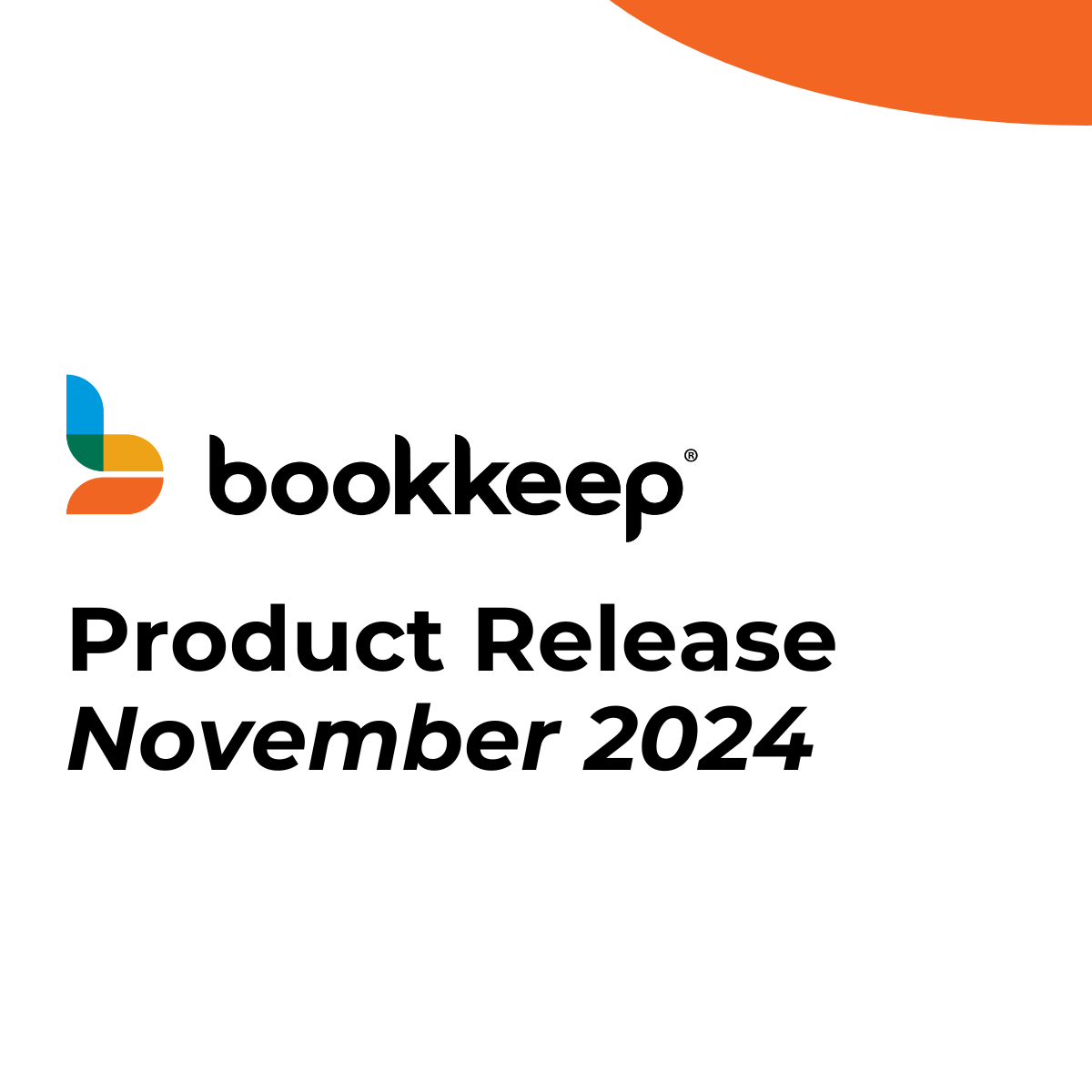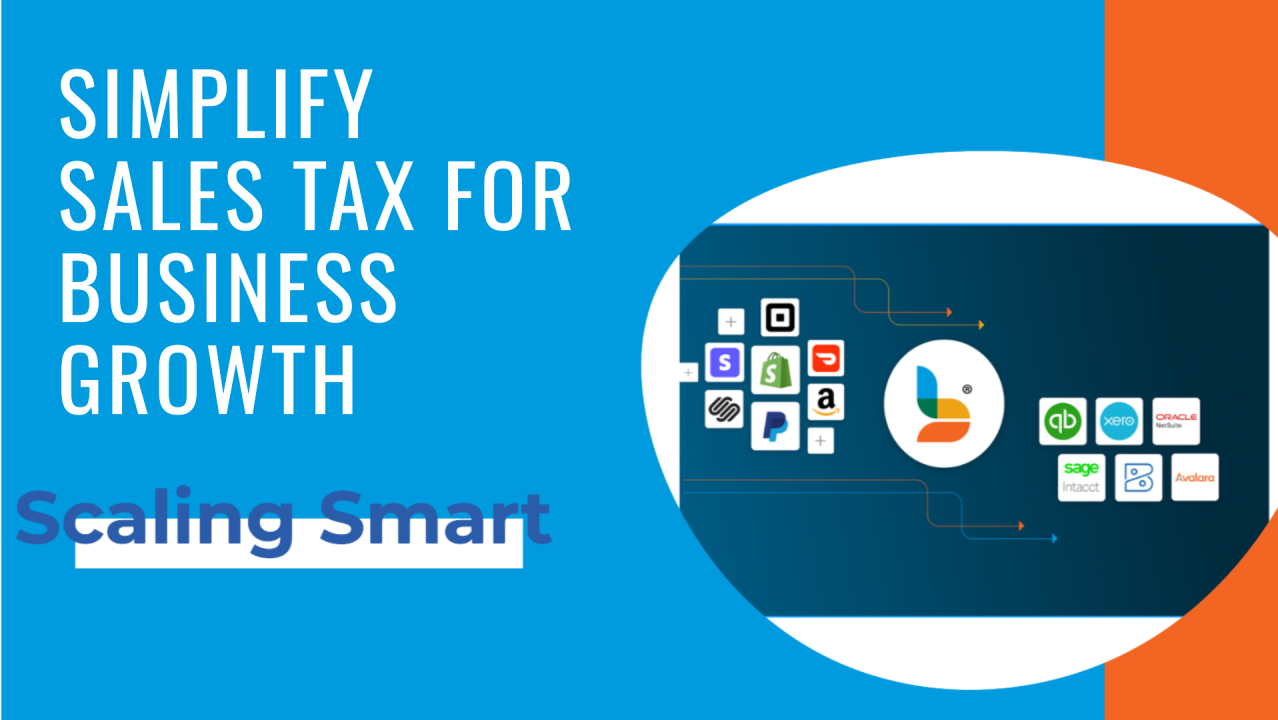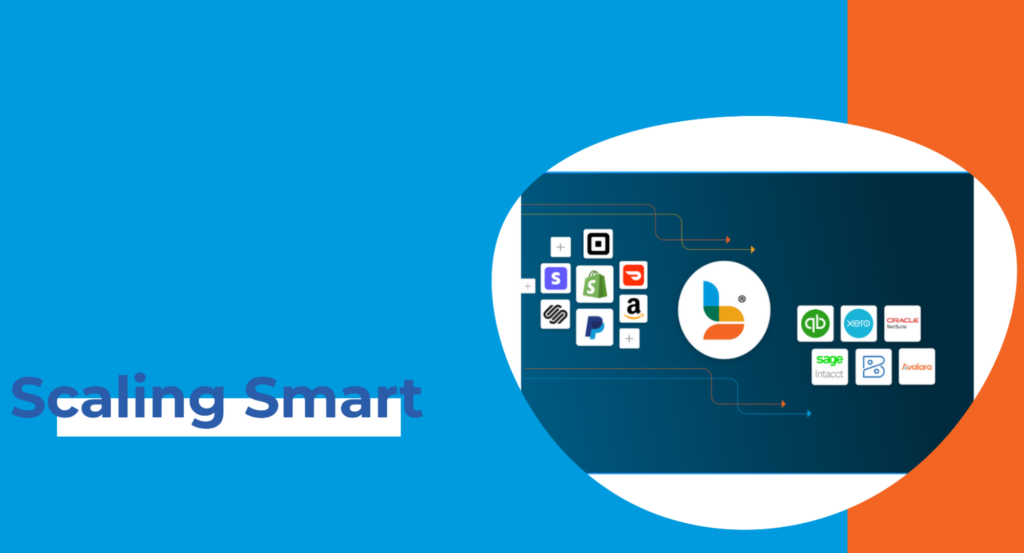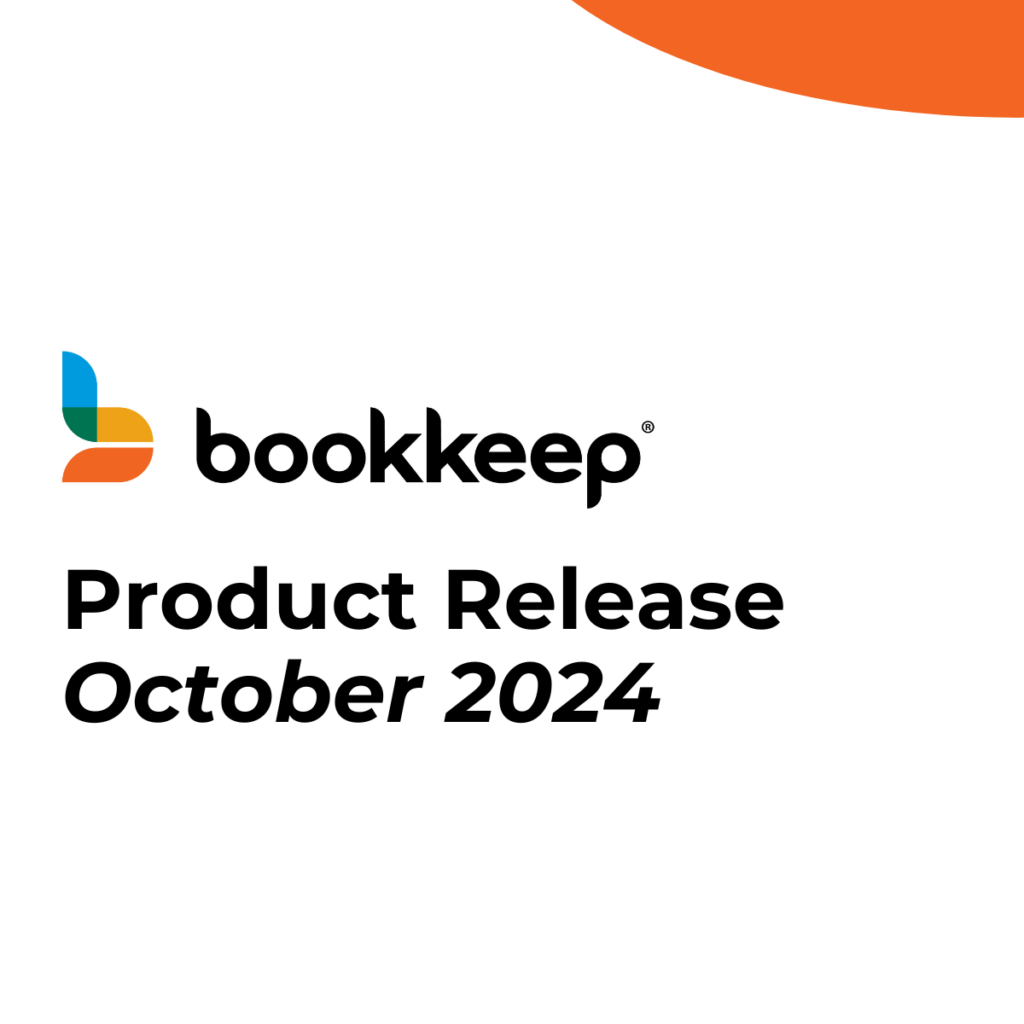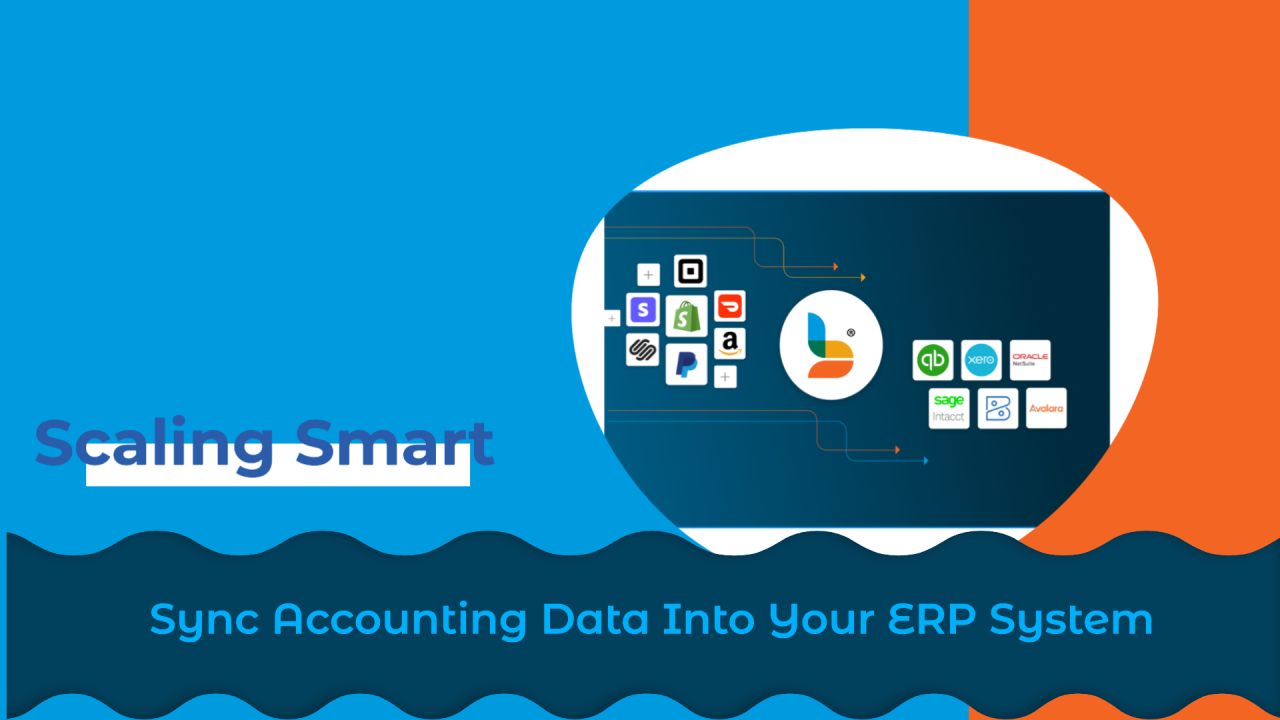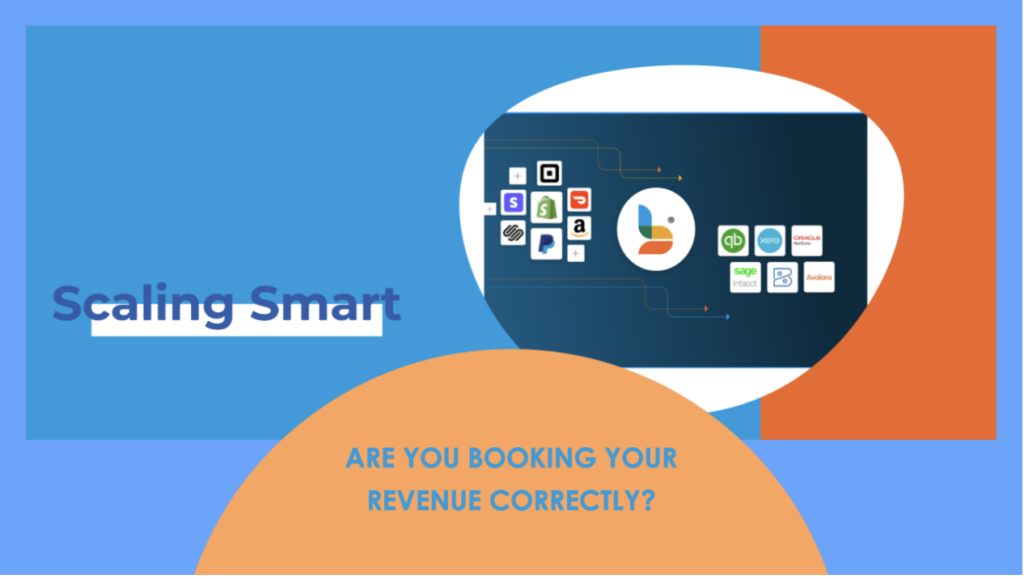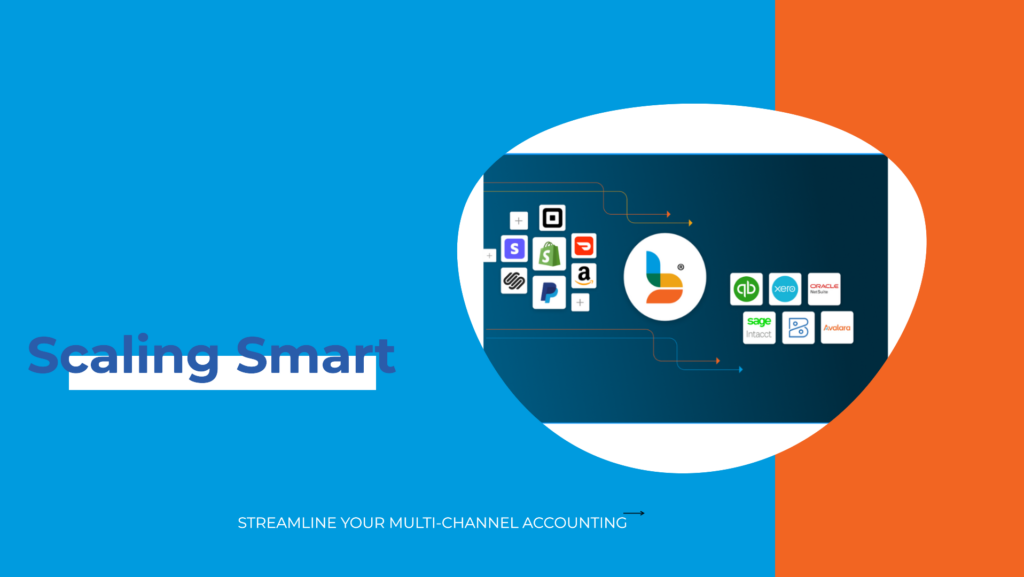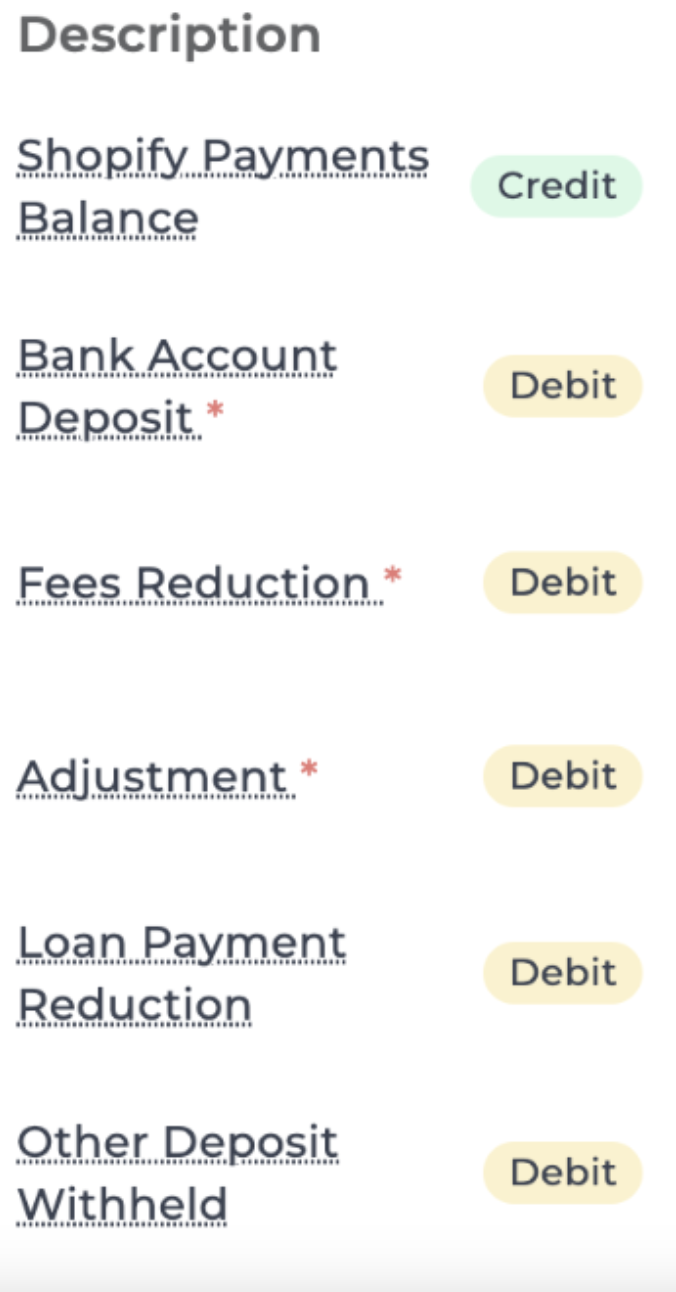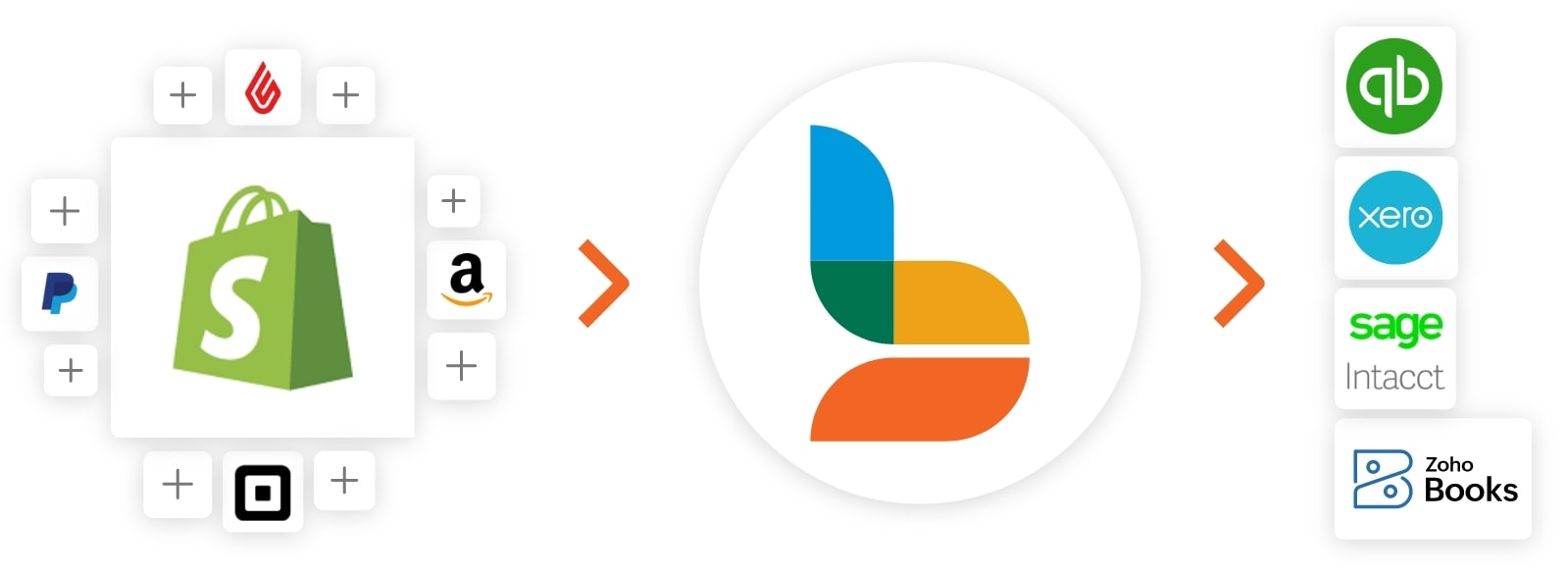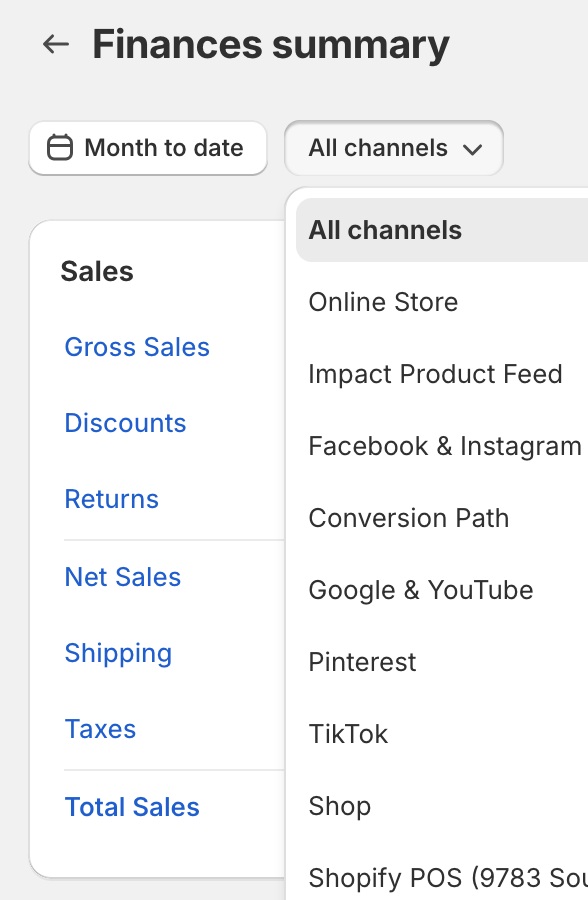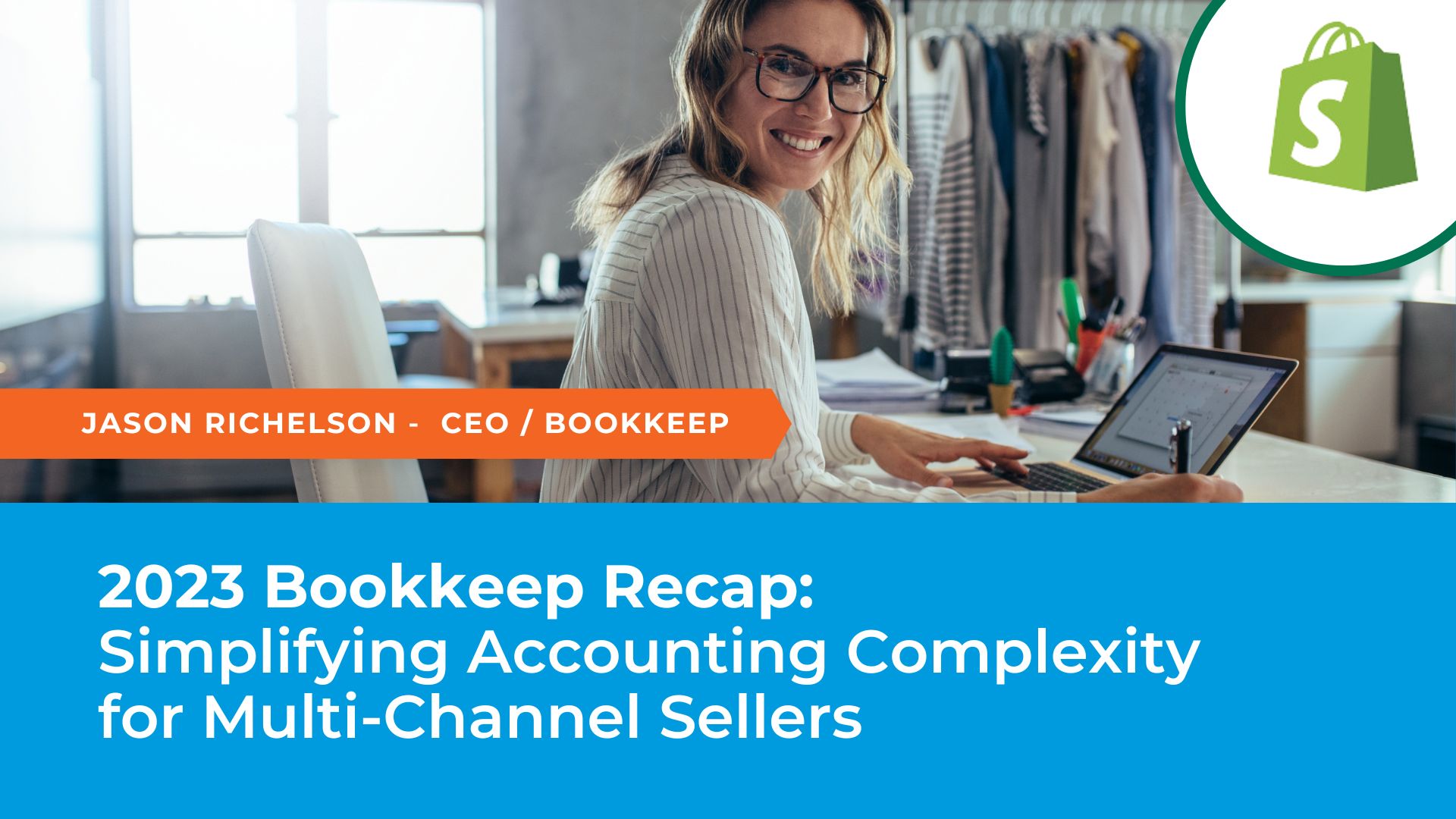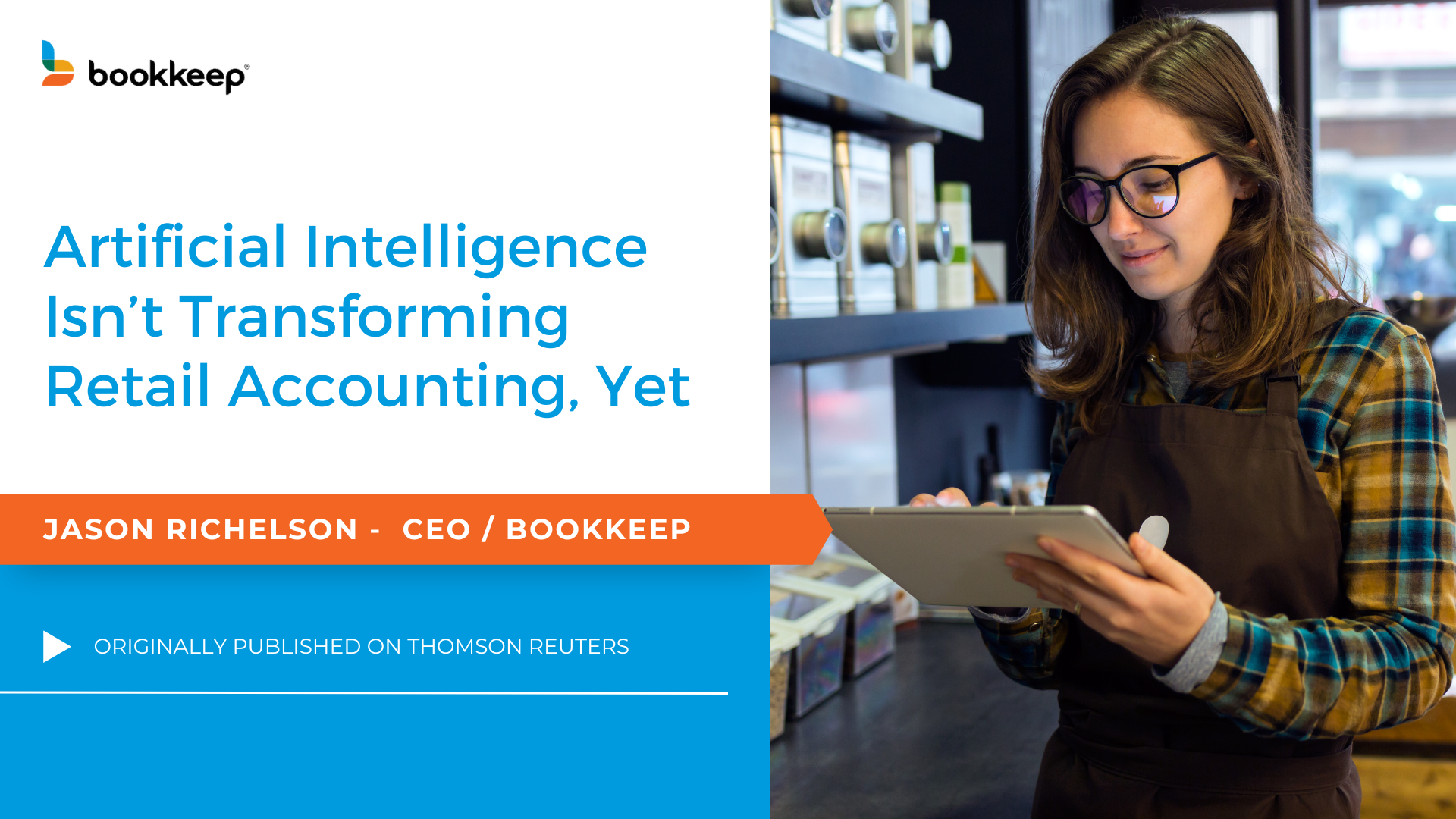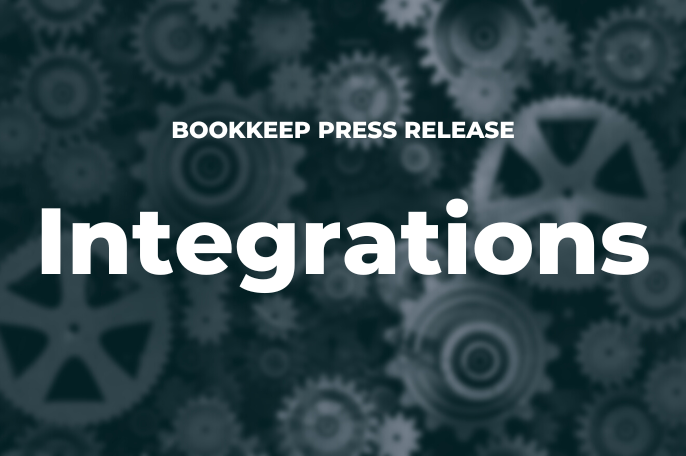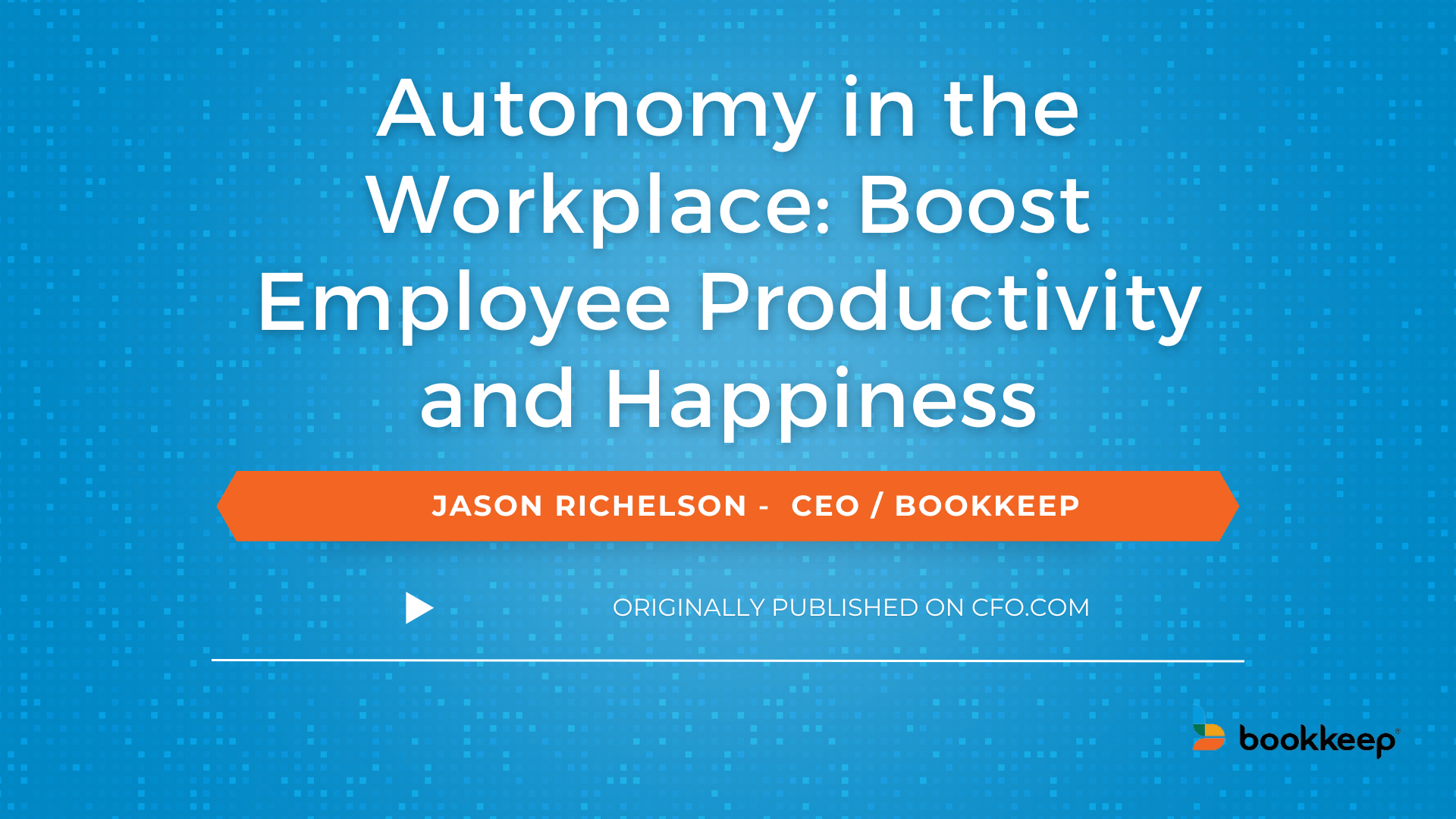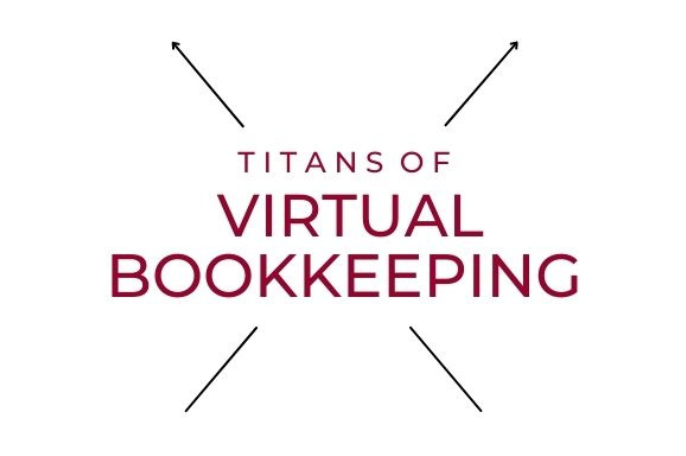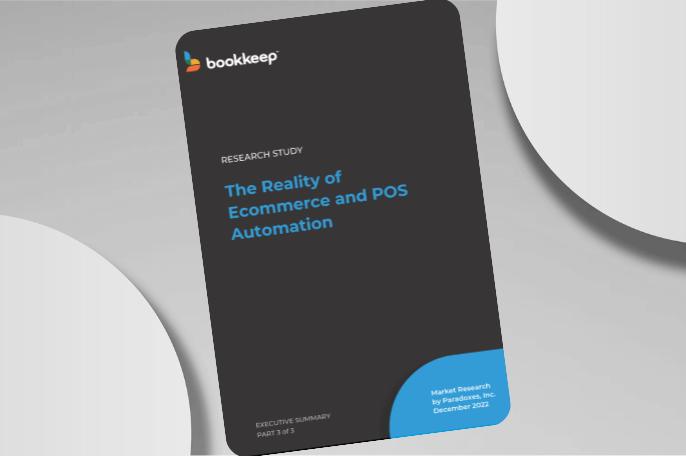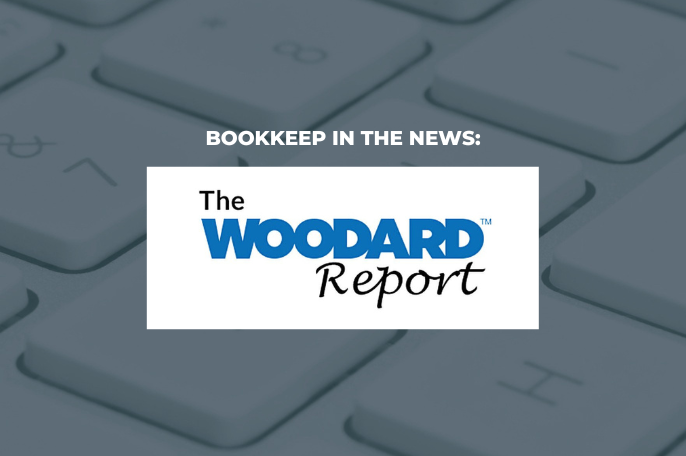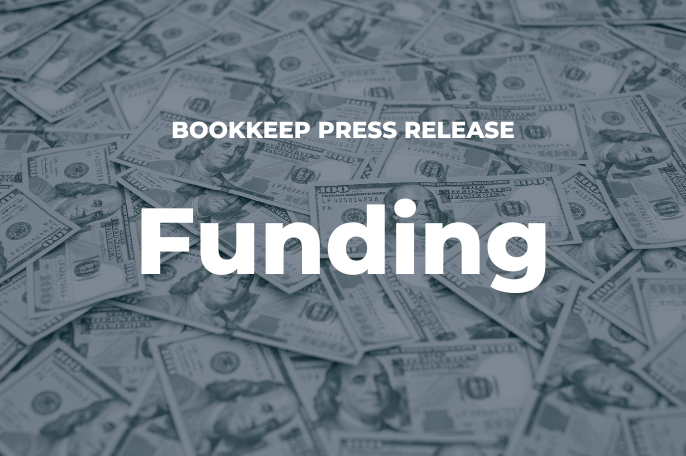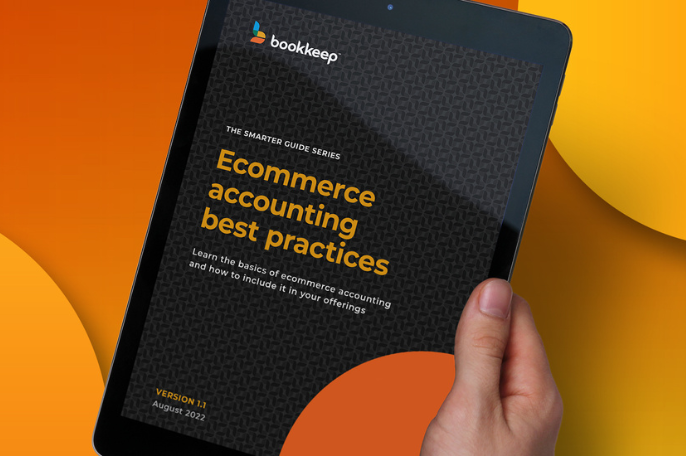Blogs
Migrating Your Retail Store to Shopify POS? Here’s What You Need to Know
As more retailers embrace unified commerce, many are making the switch to Shopify POS for in-store operations—especially those already running their ecommerc...
July 7, 2025
0
min reading time
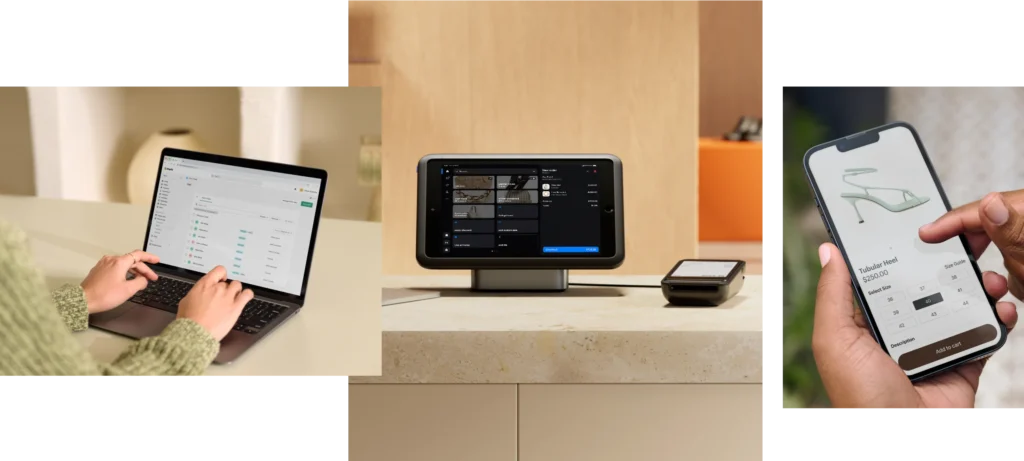

Blogs
As more retailers embrace unified commerce, many are making the switch to Shopify POS for in-store operations—especially those already running their ecommerce business on Shopify. Whether you operate a single store or a network of franchise or multi-location stores, Shopify POS offers a seamless way to unify online and in-person sales under one platform.
But while Shopify POS is a strong solution for front-end selling and customer experience, it still leaves gaps when it comes to reporting, payouts, and accounting—especially for retailers who need visibility and control across multiple locations or entities.
That’s where Bookkeep comes in.
Why Retailers Are Migrating to Shopify POS
Retailers are moving to Shopify POS for three main reasons:
- Unified Commerce: One platform to manage both online and in-person sales, inventory, customer data, and promotions.
- Scalability: Whether you operate one store or 50, Shopify’s cloud-based infrastructure grows with your business.
- Ecosystem Extensibility: Shopify has a powerful ecosystem of apps and integrations that can extend core functionality.
These benefits are especially appealing for:
- Multi-location retailers looking to centralize inventory and sales data.
- Franchise operators who want brand consistency but require separate reporting or banking for each store.
- Omnichannel brands who need a single source of truth for ecommerce and retail activity.
Where Shopify POS Falls Short: Reporting, Payouts & Accounting
Despite its strengths, Shopify POS has a few limitations that become more pronounced as your retail operation grows:
1. Limited Reporting Granularity
Shopify offers basic sales reports by location or staff, but it’s hard to get:
- Location-specific financial summaries
- Reconciliation-ready data for accounting
- Entity-level reporting for franchises or separate LLCs
2. Payout Visibility and Flexibility Are Lacking
Shopify aggregates payouts across all locations and channels, which creates multiple challenges:
- You can’t track which revenue belongs to which store just from the payout.
- There’s no built-in way to split or route payouts to separate bank accounts by store, franchise, or legal entity.
- Ecommerce and in-store sales payouts are often merged, creating additional reconciliation headaches.
- Franchise operators or brands with independent LLCs for each location are forced to manually transfer funds or manage revenue splits outside of Shopify.
3. Accounting Automation is Minimal
Shopify doesn’t provide native accounting integrations that:
- Summarize daily retail sales with proper payment method breakdowns
- Record sales taxes, tips, refunds, and discounts accurately
- Reconcile bank deposits and merchant fees automatically
The result? Significant manual work, slow month-end closes, and error-prone processes—especially for retailers managing multiple locations or franchise structures.
How Bookkeep Fills the Gaps
Bookkeep is the accounting automation platform purpose-built for Shopify retailers—especially those with multi-store, franchise, or omnichannel operations.
Here’s how Bookkeep complements Shopify POS and bridges its financial operations gaps:
✅ Automated Daily Sales Entries
Bookkeep generates and posts accurate daily sales journal entries for each store, fully mapped to your chart of accounts. Entries include:
- Payment type breakdowns (cash, card, gift card, etc.)
- Discounts, refunds, tips, and sales tax
- Clear separation between ecommerce and POS sales
✅ Multi-Location & Franchise Support
Each retail location can be treated as its own entity or store within Bookkeep. You can:
- Route each location’s data to a separate QuickBooks/Xero file
- Use unique account mappings per entity
- Get clean, audit-ready books for each store or franchisee
✅ Payout Reconciliation & Fund Distribution
Bookkeep connects to Shopify’s payout data and:
- Reconciles deposits to the appropriate daily sales data
- Automatically accounts for merchant fees and adjustments
- Splits and distributes payout funds by location, enabling you to deposit revenue directly into each store’s or franchisee’s bank account
This is ideal for:
- Franchisors who need to send funds to each franchisee
- Retail groups with distinct bank accounts per LLC or location
- CFOs and controllers who want automated, accurate cash flow management
✅ Omnichannel Visibility
If you sell both online and in-store through Shopify, Bookkeep can:
- Automatically separate ecommerce and POS activity
- Post entries to different classes, locations, or books
- Deliver unified or segmented financial reporting as needed
The Bottom Line
If you’re migrating your retail operation to Shopify POS, you’re already investing in a more modern, unified selling platform. But to truly unify your financial operations, you need:
- Clear reporting by location and channel
- Clean, automated journal entries
- Accurate deposit reconciliation
- Flexible payout distribution to multiple accounts
Bookkeep bridges the gap between Shopify POS and your accounting system, removing manual work and giving you the financial clarity you need to scale with confidence.
Whether you run one location or fifty, Bookkeep ensures your books are always accurate—and your finance team is always in control.
Ready to Make the Switch?
Learn more about how Bookkeep supports Shopify retailers with multi-location, franchise, and omnichannel needs. Book a demo today and see how easy it is to automate your accounting from day one.

%201.svg)

